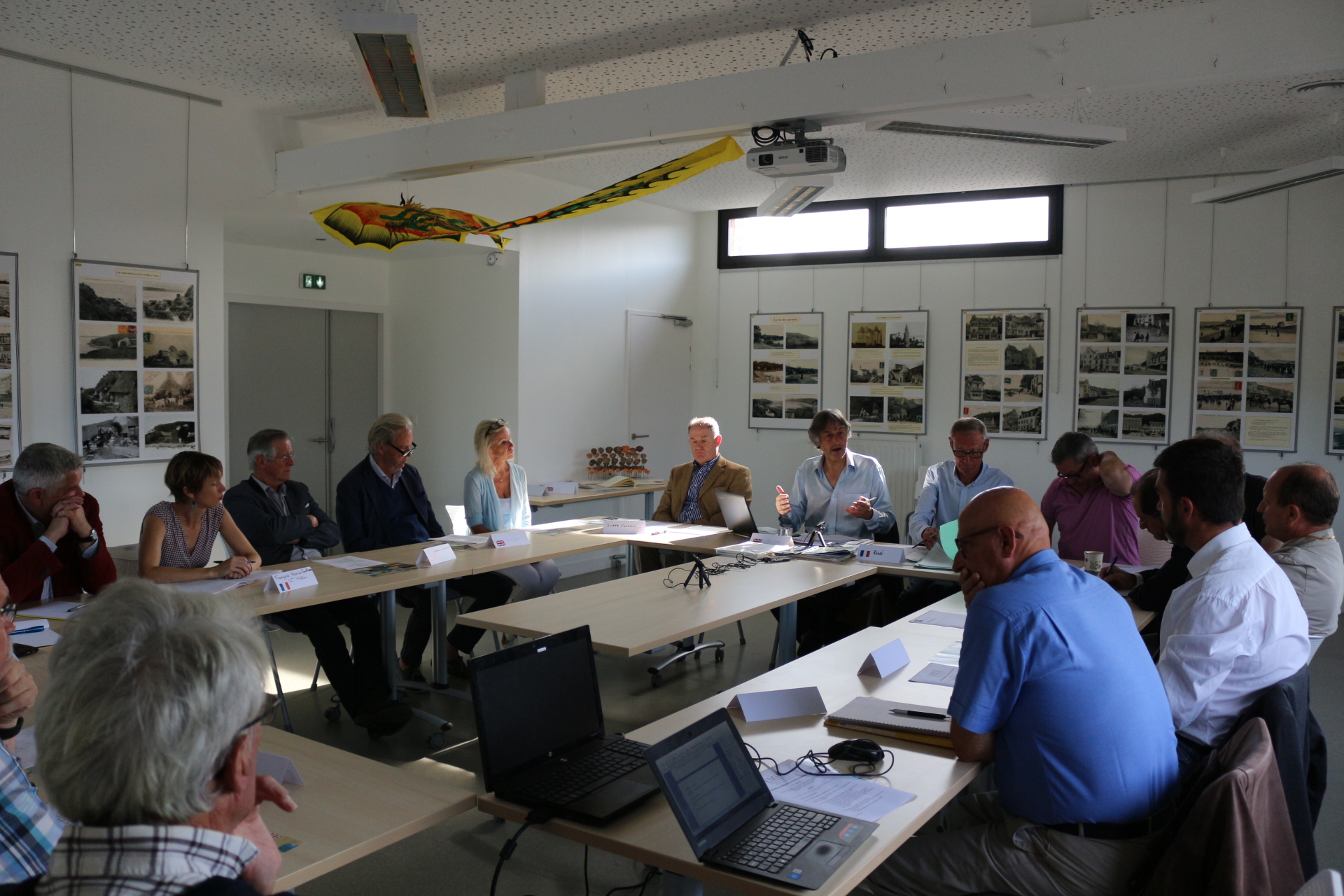Chantilly - Looking ahead to the next generation
By Giles Anderson
Racehorses have been trained in Chantilly since anyone can remember. It would be fair to say that the horses are part of the fabric of the town, perhaps just as much so as the bobbin lace, which Chantilly was famous for in the 17th century.
Matthieu Vincent, Trainer Centre and Racecourse Director and Marin Le Cour Grandmaison, Assistant to the Director, have the responsibility of managing the racecourse and training grounds.
Surrounded by forest and located some 30 kilometres from Paris, Chantilly is the iconic home of French racing and training. Managing the hectares of training grounds and the racecourse is no easy task, but the responsibility lies in the hands of Marin Le Cour Grandmaison and his boss Matthieu Vincent, who splits his time between Chantilly, Deauville, and Maisons-Laffitte. They see themselves as ambassadors for racing in Chantilly, evangelical about what the town has to offer and keen to expand the centre’s reach to up-and-coming young trainers.
Spending time in their company, it becomes clear that their primary focus is to give the trainers the tools they need to train horses better.
Site plan of Chantilly Training Grounds
Take Montjeu, who according to Vincent was not only his favourite horse but quite a quirky customer to train. “The horse was difficult and John (Hammond) did a great job with him. We would have him working at the racecourse at 5am. One day Cash Asmussen came to the racecourse to ride but John didn’t want him to gallop, just trot. He wanted him trotting for 500 hundred metres. But after 20 metres Montjeu wanted to go. So John stopped him and we ended up opening the racecourse to repeat the exercise five or six times and eventually he relaxed. We would do that for any trainer and it wouldn’t make any difference to us if they wanted to do something special at 5pm in the evening, we are here to help our clients.”
Chantilly is home to 110 trainers and approximately 2500 horses, of which 250 are jumpers (National Hunt). “In 2010 we had 2400 flat horses and 600 jumpers here and the average trainer was maybe 60 years of age,” says Vincent.
“If we compare Chantilly and Newmarket, Newmarket is more of a dream for some owners because they have a lot of classic younger trainers -- that’s good, the young. We need to have younger trainers, we want to help the young trainers here. It used to be every trainer’s dream to train here. Now we have the provinces, look at Jean Claude Roget: in 2005 he started to have classic horses but he’s not from Chantilly. So some said, ‘Maybe you can be a good trainer anywhere in France.’”
Chantilly Racecourse used to open for 12 days a year, but with the advent of all-weather racing in 2012 that number has jumped to 45. “But we have less and less horses in training in Chantilly since 2012. The track has helped us retain horses. It helps the trainers. Twenty years ago it was so quiet here and horses were just walking and trotting, but now with the all-weather tracks we’re training every day.”
The all-weather track has proven to be a good investment for the local economy, partly funded by the town, which put in €1,500,000 of the €5,000,000 cost. The annual tax income runs into a healthy seven figure sum. On top of that, the town is home to 2000 workers whose income comes from the racing industry, with a staggering 50% of the workforce being stable staff or riders. Who knows what the shrinkage would have been like if the all-weather hadn’t happened.
TO READ MORE --
Buy this issue in print or download
Why not subscribe?
Don't miss out and subscribe to receive the next four issues!
Lissa Oliver's Spring Sales Analysis
By Lissa Oliver
A question that has divided commercial breeders and racehorse trainers since Tattersalls first decided to auction thoroughbreds is the definition of The Big Day.
For trainers, it is a major race at a major festival. Although every commercial breeder dreams of a high-profile winner, their big day is a major price at a major sale. Why else do we differentiate between commercial breeders and those who breed to race, lamenting the loss of the traditional owner-breeder at every dispersal sale?
If the outcome of the matings and sales preparation resulted in The Big Day for both parties, there would be no complaints, but as some have learned to their cost, the sales topper doesn’t always reach such dizzy heights again. The excitement and anticipation generated by the final knock-down figure builds to hype if and when the sales topper makes its racecourse debut, but can sometimes be followed by immediate disappointment and obscurity.
But is this always the case, and for all of the elite sales horses? And how does a big day in the sales ring affect the elite two-year-olds, prepared for the breeze-up sales that are often referred to as ready-to-run sales? Are the juveniles ready to run or, as some trainers suspect, over-boiled?
To see if any emerging pattern can shed light on these questions, I looked at the racecourse performances of the best-selling breeze-up juveniles and three-year-old National Hunt store horses from certain sales. I chose the period of 2005 to 2014 to obtain 10 years of data and to allow for the most recent of the graduates to reach their potential on the track, and I followed the careers of the 10 highest-priced lots sold (not unsold or bought in) at each selected sale. Because the Goresbridge Breeze-Up sale only began in 2006, a total of 490 horses were included from the five selected sales.
As most trainers earn a living by trading horses, career earnings often have little relevance on whether or not a purchase turned a profit. Many of the graduates here have gone on to long careers in Japan, Hong Kong, Dubai, Australia, or the USA, so their second-hand value is likely to have exceeded their original purchase price. In the case of the fillies, a residual paddock value also renders their career earnings redundant. However, the earnings on track do provide a measure of the ability of the individual and the longevity of career. A non-blacktype winner amassing more than €30,000 has undoubtedly been a top-class handicapper or a tough and consistent performer throughout a lengthy career.
What is quite shocking to see is that some British-trained horses who have both won and placed second during their career have amassed only €4,000 or less in earnings. This covers just eight weeks of training fees and is surely scant reward for a winning horse, particularly when in Ireland, for example, minimum prize money has risen from €6,000 to €10,000 and a single win could pay the bills for five months.
Regardless of whether a Flat breezer or National Hunt store horse can recover its purchase price, we can be sure that the store horse will at least recover its physical and mental well-being by the time its career begins. Many trainers of two-year-olds argue differently when it comes to the breeze-up graduates and so we must also examine the results to see if the preparation for these sales has any negative effect. Though times are not officially taken at European breeze-up sales, it can be assumed that the 10 highest-priced two-year-olds put in the most impressive gallop, so it will be of interest to see how this impacts, if at all, their immediate career.
TO READ MORE --
Order this issue in print or download
Why not subscribe?
Don't miss out and subscribe to receive the next four issues!
Joseph O'Brien - King of the Hill
By Alex Cairns
Lineage matters in racing. The entire thoroughbred endeavour is based on selective breeding aimed at producing quality and even ‘perfection.’ Of course, thoroughbred breeding isn’t an exact science, with humbly bred horses sometimes defying their roots and blue-bloods regularly failing to live up to the promise of their page. But pedigree still reigns as the most reliable gauge of innate ability in racehorses.
In centuries gone by, humans too were judged on their parentage and given a particular standing based less on aptitude than origin. These days our social structure tends to be more of a meritocracy, in which people are born equal and gain a position through achievement.
Being the grandson of a successful trainer, son of two successful trainers, and nephew of a successful trainer, those in the racing game might say Joseph O’Brien has the perfect pedigree for the job and will logically excel.
At the same time, his background has afforded him a head start via a family owned yard and well-stocked address book. As we discovered in a recent interview, however, the soon-to-be-25-year-old takes nothing for granted and is determined that his operation will succeed on its own merits.
THE HILL
Severe snow and unseasonable cold had brought much of Britain and Ireland to a standstill in the week prior to our interview with Joseph O’Brien. Such conditions can prove a challenge even on the flattest, most accessible terrain. O’Brien’s yard, which operates under the banner of ‘Carriganog Racing,’ rests on the slopes of Owning Hill in County Kilkenny, a secluded location accessible only by small country roads.
This setting might be problematic in extreme weather, but it provides the foundation for a gallop that has proven its value in the training of several decades’ worth of winning racehorses. A steep uphill stretch of seven furlongs with a high hedge on one side, it was masterminded by Joseph’s grandfather Joseph Crowley. It then passed into the hands of Crowley’s daughter Annemarie. A certain Aidan O’Brien took the reins after marrying Annemarie, and then Annemarie’s sister Frances kept things in the family when the O’Briens moved to Coolmore’s famed training facility at Ballydoyle in 1996.
Stepping out of the crisp morning air into the yard office, Joseph reflects on his family’s longstanding relationship with this land. “Granddad originally came here and it was just fields. He had a few horses and started cantering them from the bottom of the hill to the top on a dogleg. Then Mum and Dad took over, then Frances. Over time it was a plough gallop, then artificial, but the layout is pretty much the same as it was 40 or 50 years ago. This office is actually where my bedroom used to be, though I don’t really remember living here as we moved over to Ballydoyle when I was four or five.”
With two trainers as parents, Joseph has been steeped in the profession from day one, making the training vocation a question of both nature and nurture. “All my life I’ve been in this environment and training was always my goal. There was no backup plan, as I don’t know anything else, to be honest. I was raised at Ballydoyle and worked there from as soon as I was able. I went to Jim Bolger’s for a week for work experience at school, but other than that I never really saw anyone else training except Dad.”
TO READ MORE -
Buy this issue in print OR DOWNLOAD -
Why not subscribe?
Don't miss out and subscribe to receive the next four issues!
Trainer of the Quarter - Roger Teal
Click on the image to read
Buy this issue in print -
Why not subscribe?
Don't miss out and subscribe to receive the next four issues!
EMHF - Positive EU decisions give cause for optimism
By Paull Khan
There have now been no fewer than five European Commission decisions, over the past five years, which have given the green light to member states wishing to introduce state aid in favour of their horseracing industries and which should be of great interest and encouragement to a number other European racing industries. If lessons can be learnt from these cases, this may help the racing industries in other European countries construct the arguments necessary to follow suit, thereby improving the financial health of our sport across the region.
Racing authorities the world over are engaged in conversations with their governments, seeking to establish, protect, or maximise statutory funding for horse racing as well as to safeguard the future health and stability of the industry and that of the breed. Normally, this funding takes the form of a statutory return to horseracing from betting.
So, typically, the racing authority must first provide good arguments to answer the question of why government should support such a guaranteed return to horseracing from betting (which would normally constitute special treatment for the sport). Then, in many cases, a further question has to be successfully answered: “Why should Government feel confident that objections on the grounds of state aid will be overcome?”
These five decisions – relating to France and Germany (in 2013) and to the UK, Finland, and Denmark (last year), are examples of racing authorities not only having convinced their governments to provide such assistance, but also of their governments having successfully argued before the European Commission that the measures introduced constituted ‘compatible’ (ie admissible) forms of state aid. These decisions should be of interest to those racing industries that either:
have no current statutory support, but where their government either allows, or is contemplating allowing, betting operators independent of the sport to take bets on their racing, or
have statutory support, but where the level of that support can be demonstrated to be insufficient to sustain the country’s racing industry, and/or the terms of that support can be shown to be in some way unfair.
TO READ MORE --
BUY THIS ISSUE IN PRINT OR DOWNLOAD -
Why not subscribe?
Don't miss out and subscribe to receive the next four issues!
Trainer Profile: Colin Tizzard
“He’ll win the King George, two years’ time, you wait and see!” Given that the speaker is Colin Tizzard, who has saddled the last two winners of the Grade 1 chase, the opinion carries weight, but a warm chuckle from him downplays the gravity of his statement.
Tizzard, his son Joe, and a group of owners are in jovial mood as they watch a pair of promising young novices school upsides at the trainer’s Venn Farm Stables in Dorset, south-west England.
Home to some of the most successful trainers, past and present, in National Hunt (Jumps) racing, the region has long been a hotbed for the sport and also for Point-to-Point (PTP) racing, a related category of amateur thoroughbred racing over fences which is often a starting point in the careers of National Hunt jockeys, trainers, and horses.
Tizzard is one of a number of trainers in the area who have a background in Point-to-Points and have made a successful transition to racing under Rules. His team has firmly established itself as one of the top 20 National Hunt stables in the country season in and season out, having started with two pointers to support his son’s embryonic riding career more than two decades ago, while also running the family dairy farming business.
The stable’s run of form has notably progressed from very good to excellent in the past three years. Last season was Tizzard’s best to date, when he finished third in the trainers’ championship to the two trainers who have dominated the British National Hunt scene for the past decade or so, Nicky Henderson and Paul Nicholls.
So what has propelled Colin Tizzard to the highest echelons of the trainers’ table?
To read more - subscribe now!
Buy this issue online here
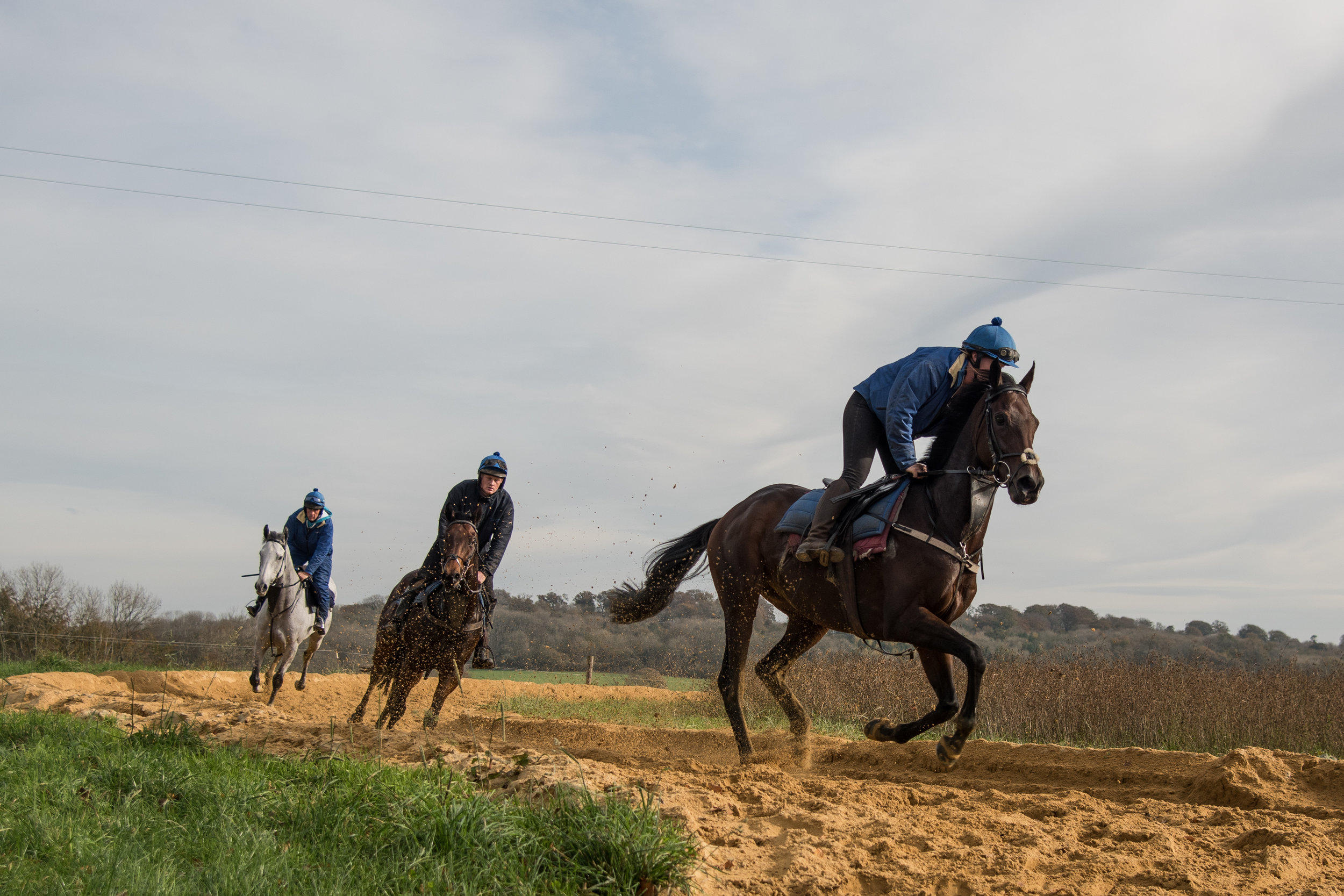
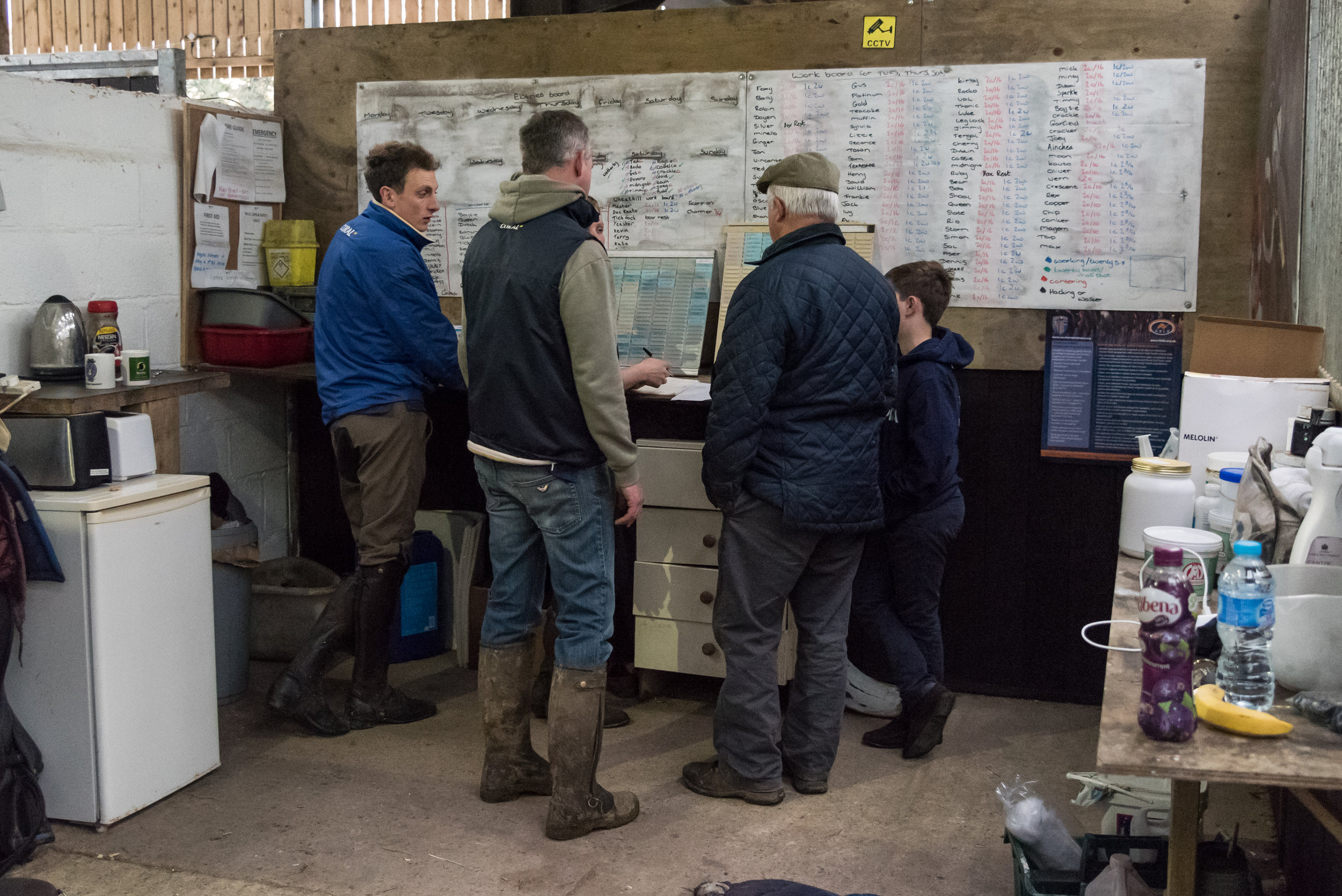

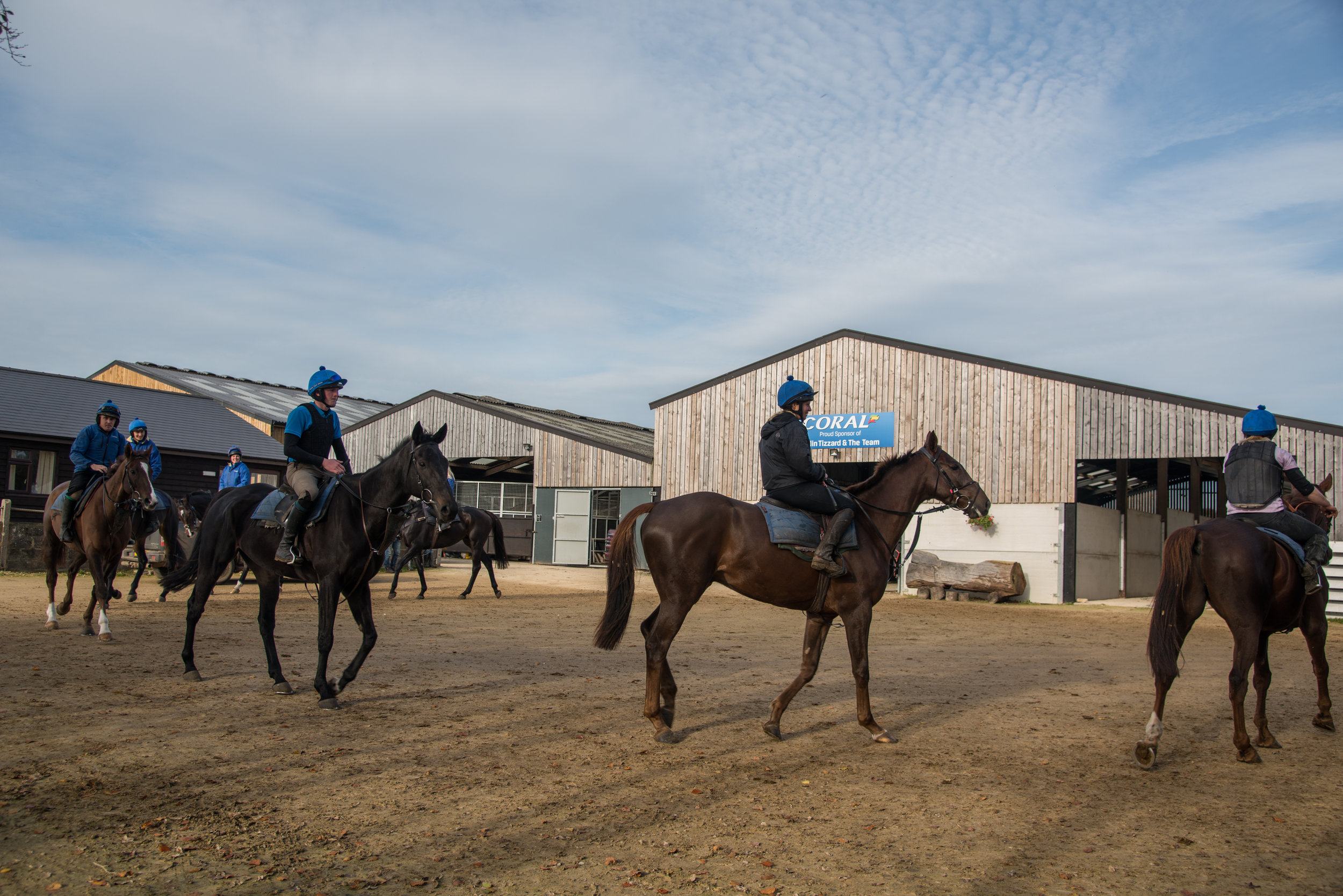
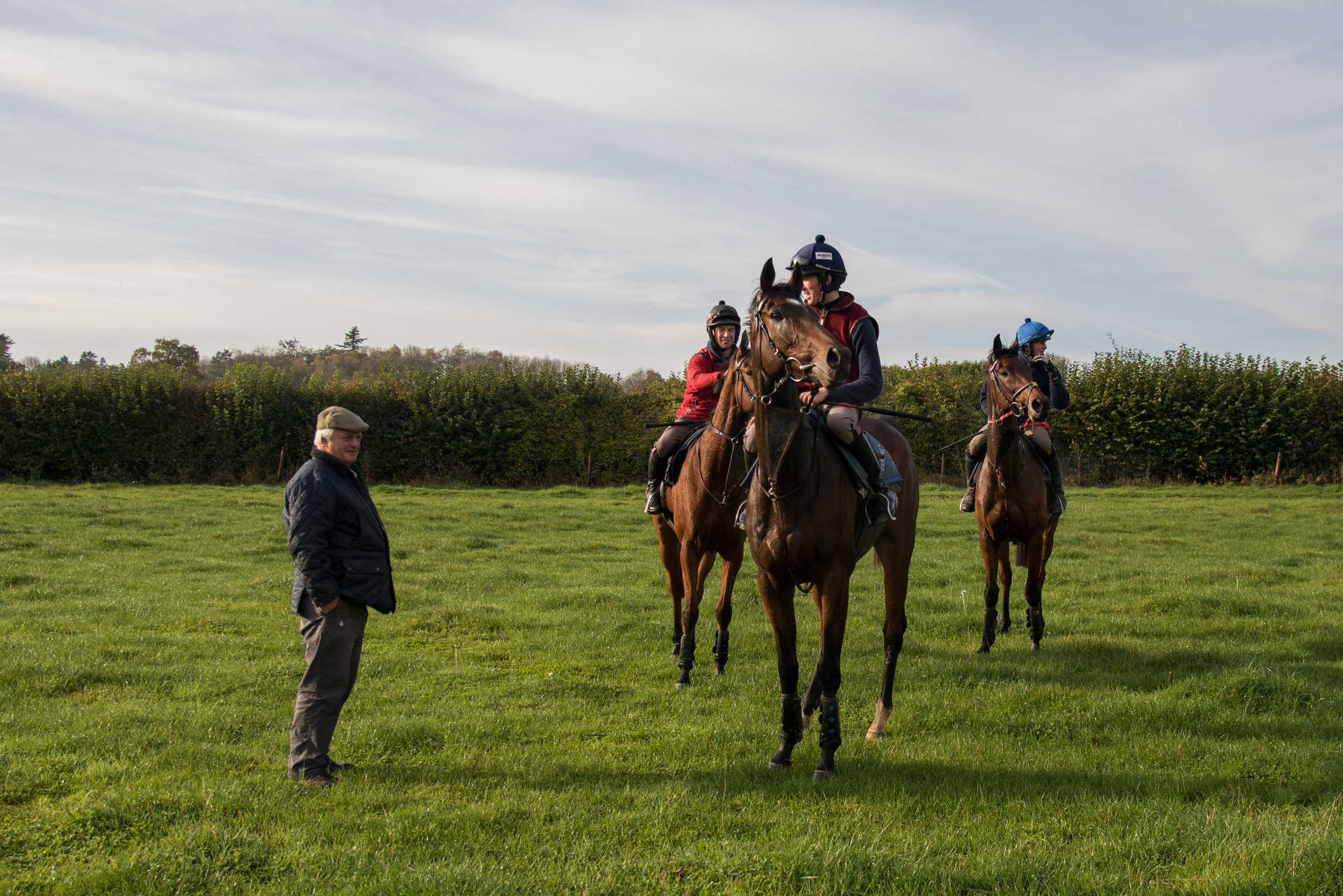
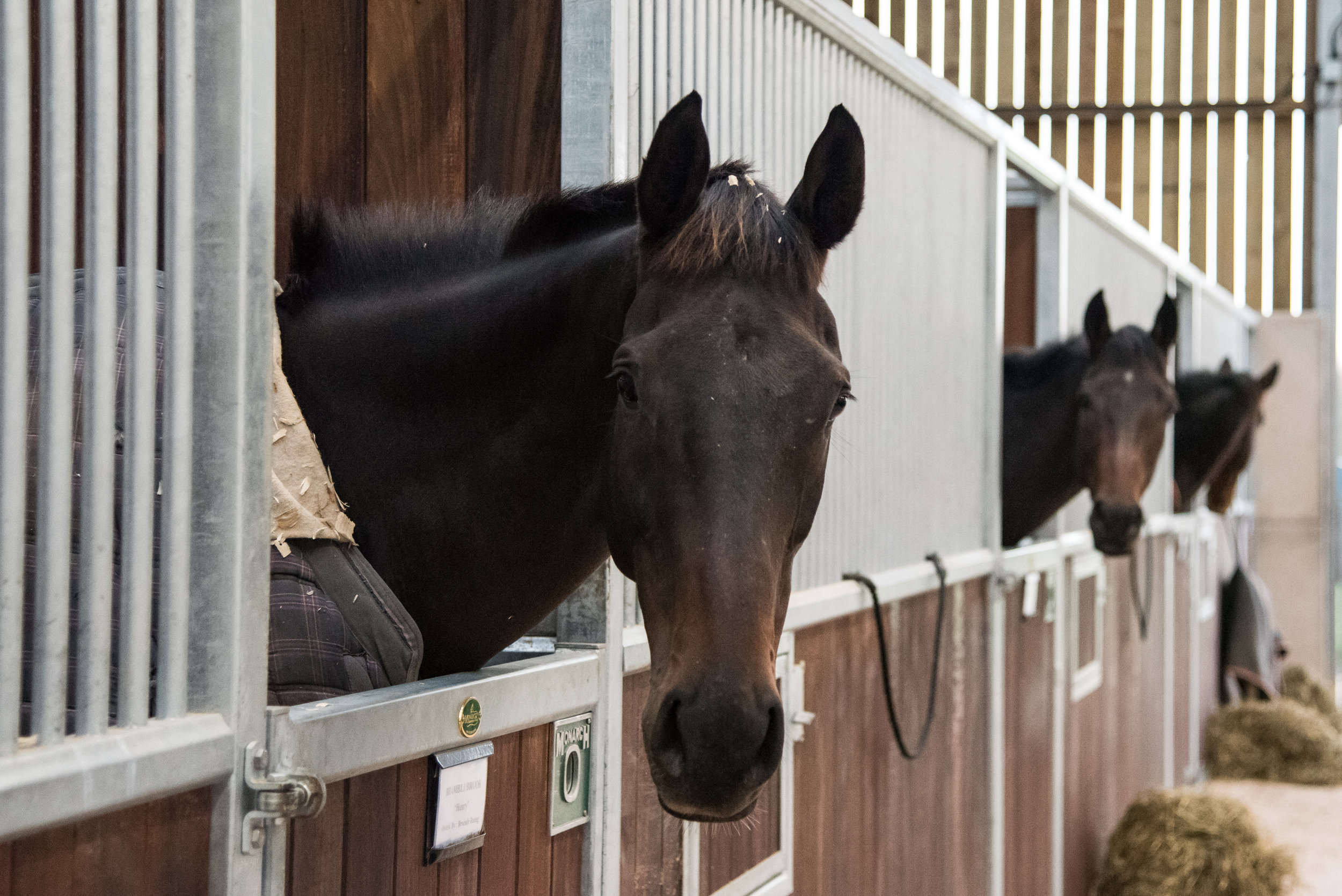
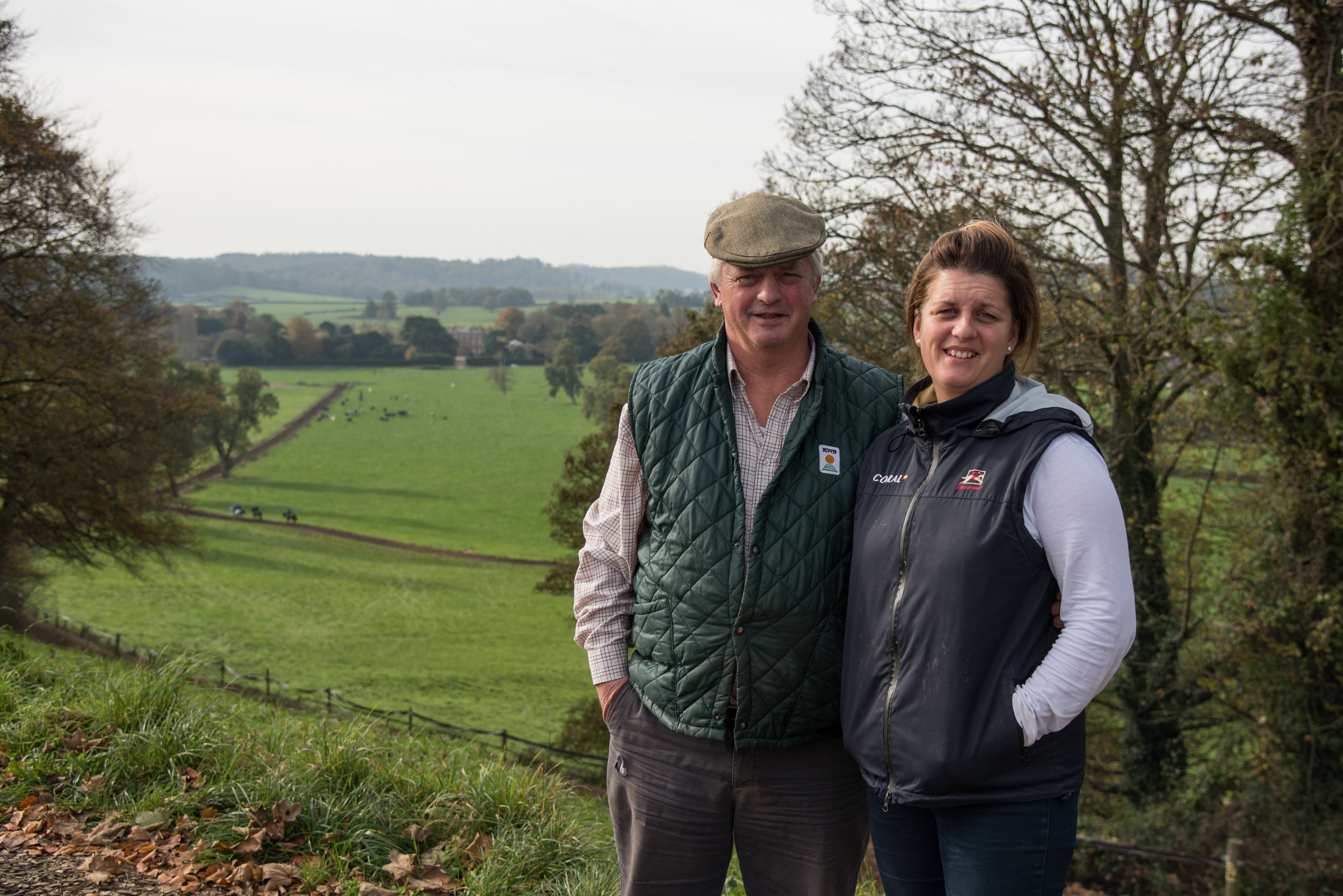
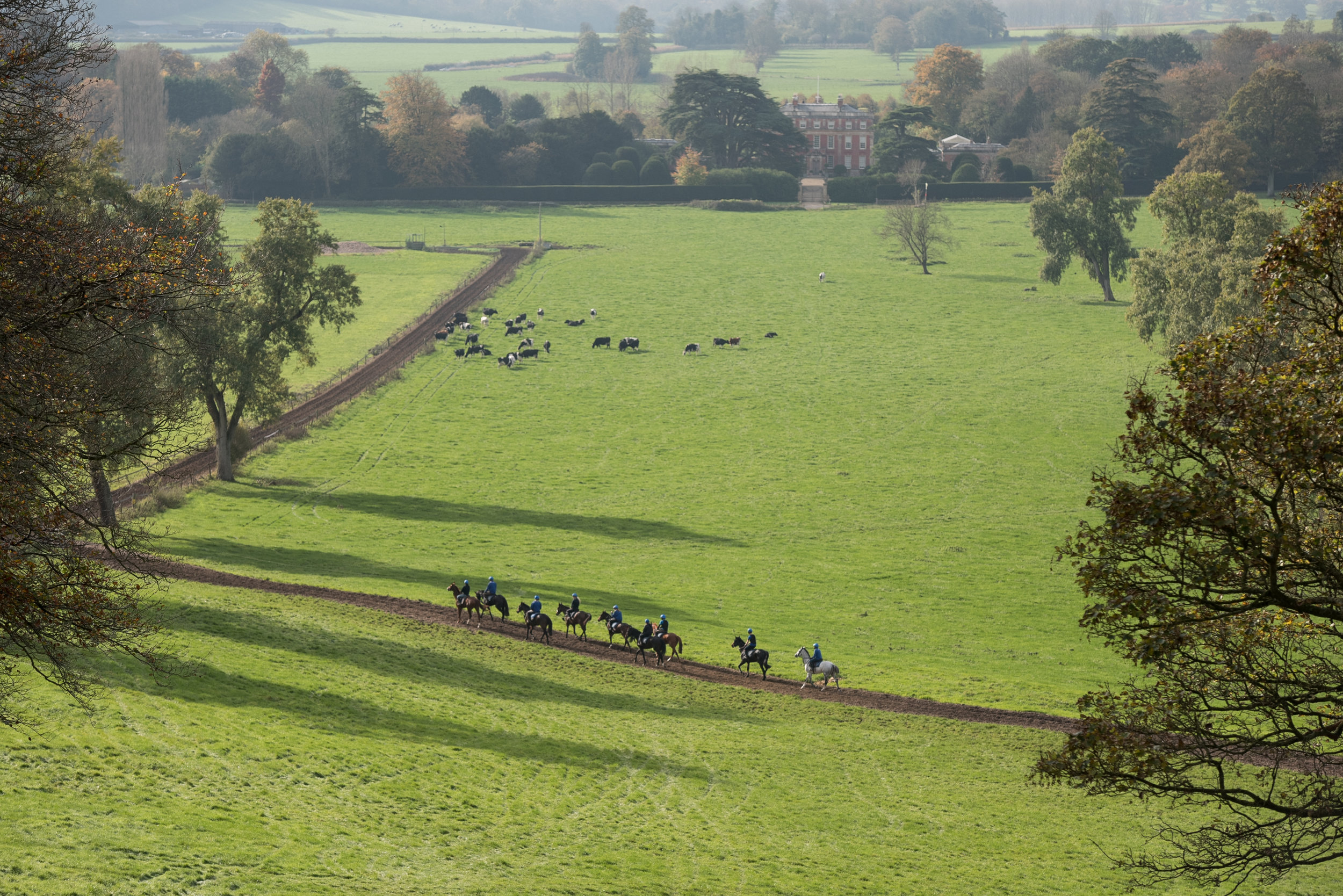
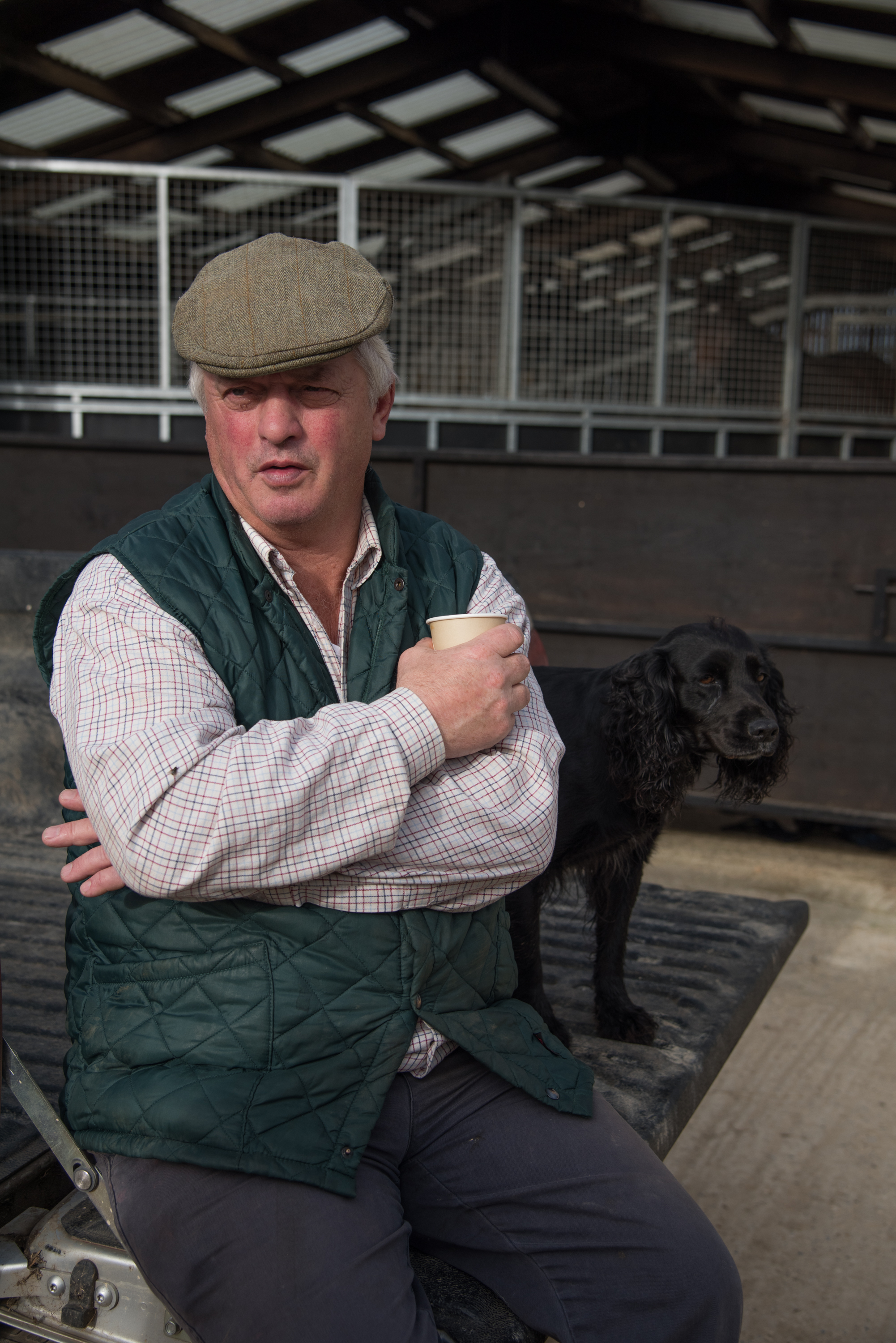


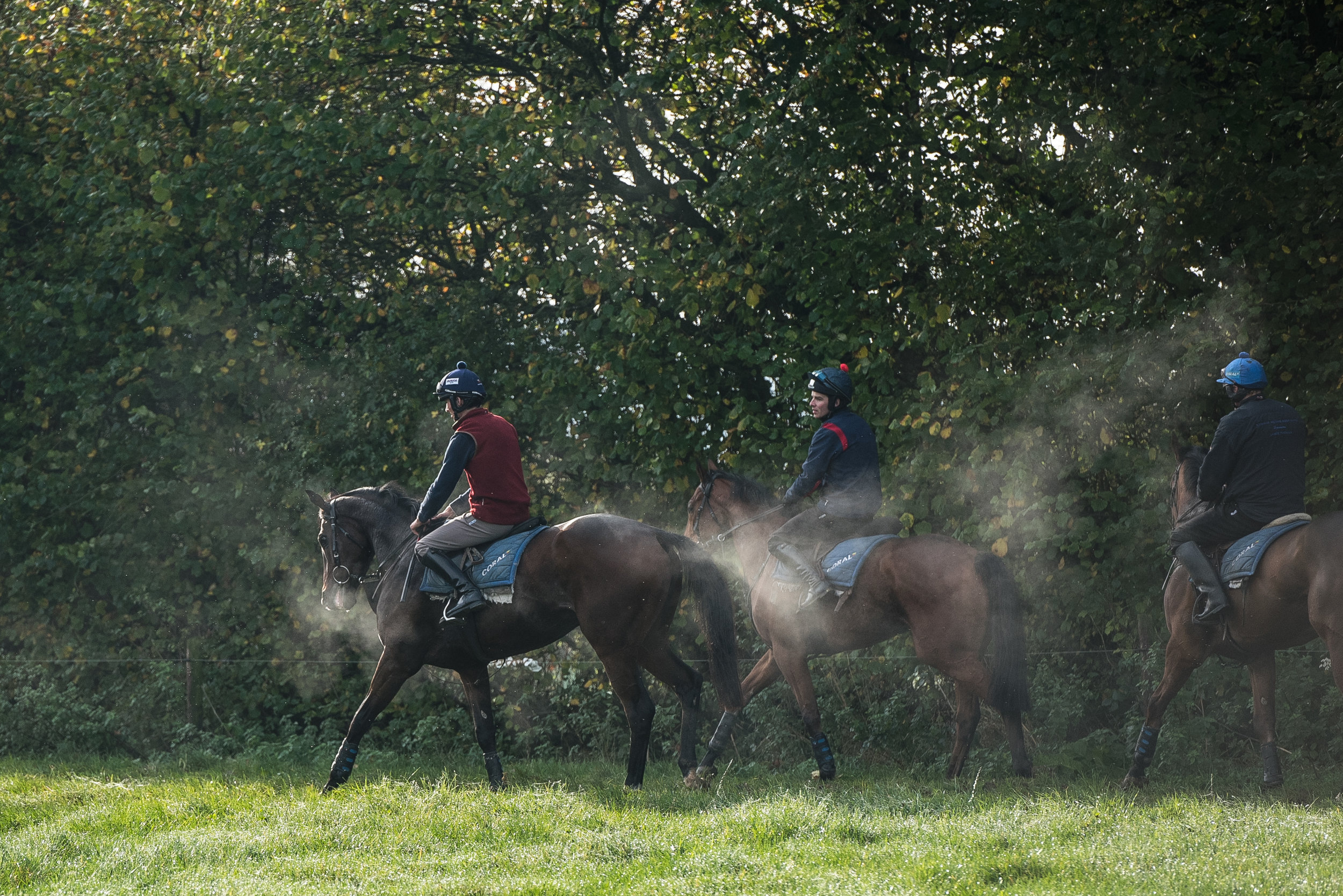
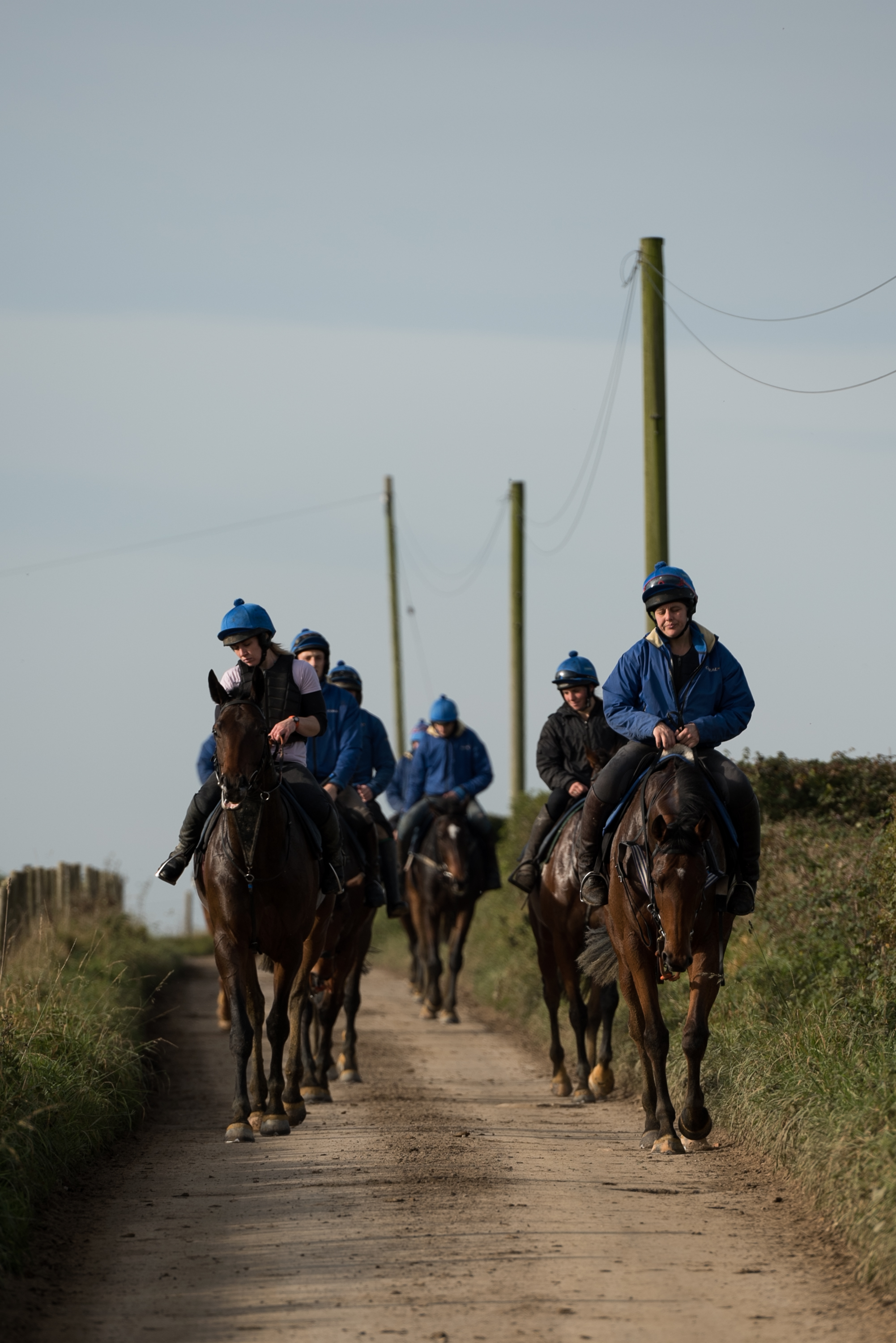
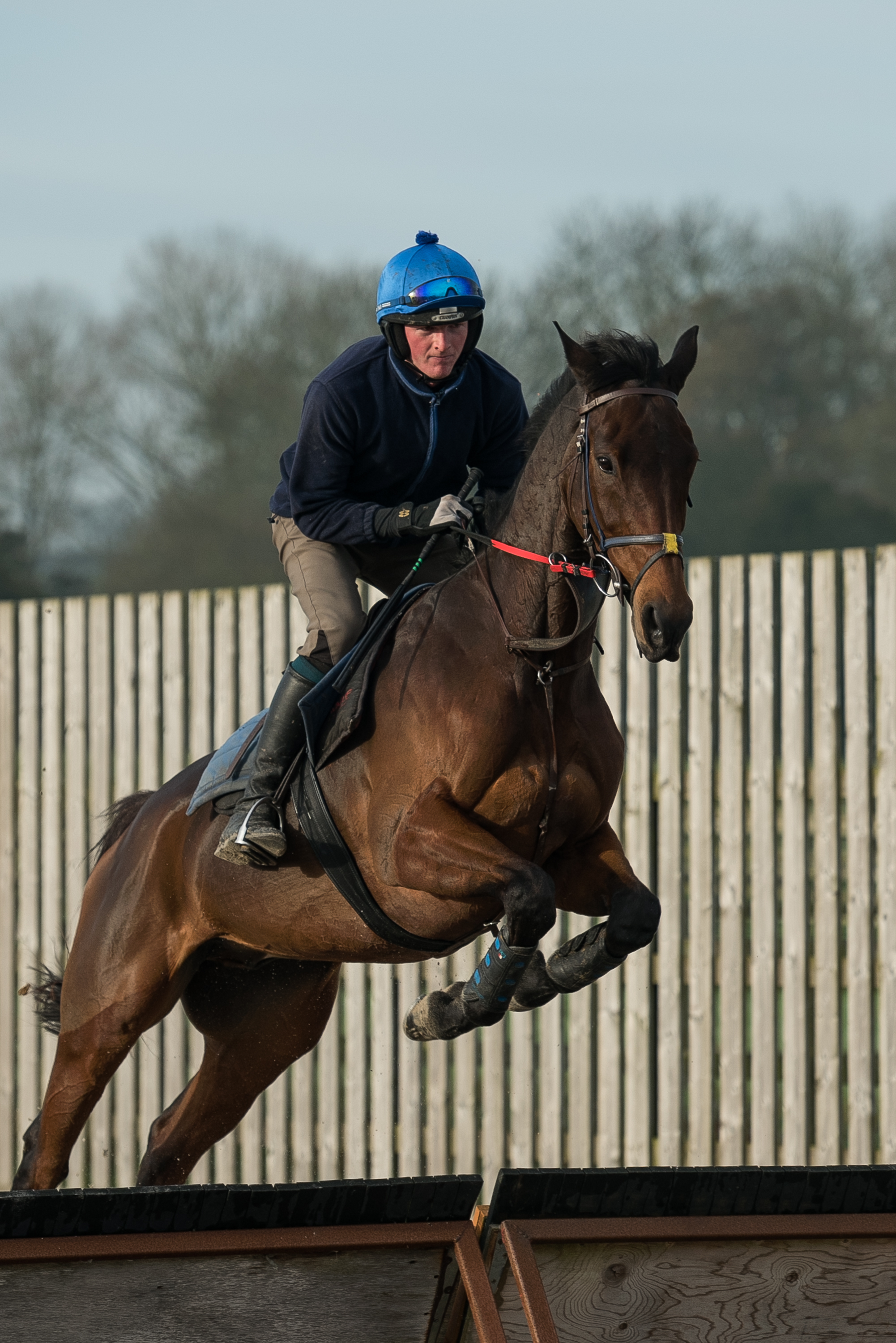

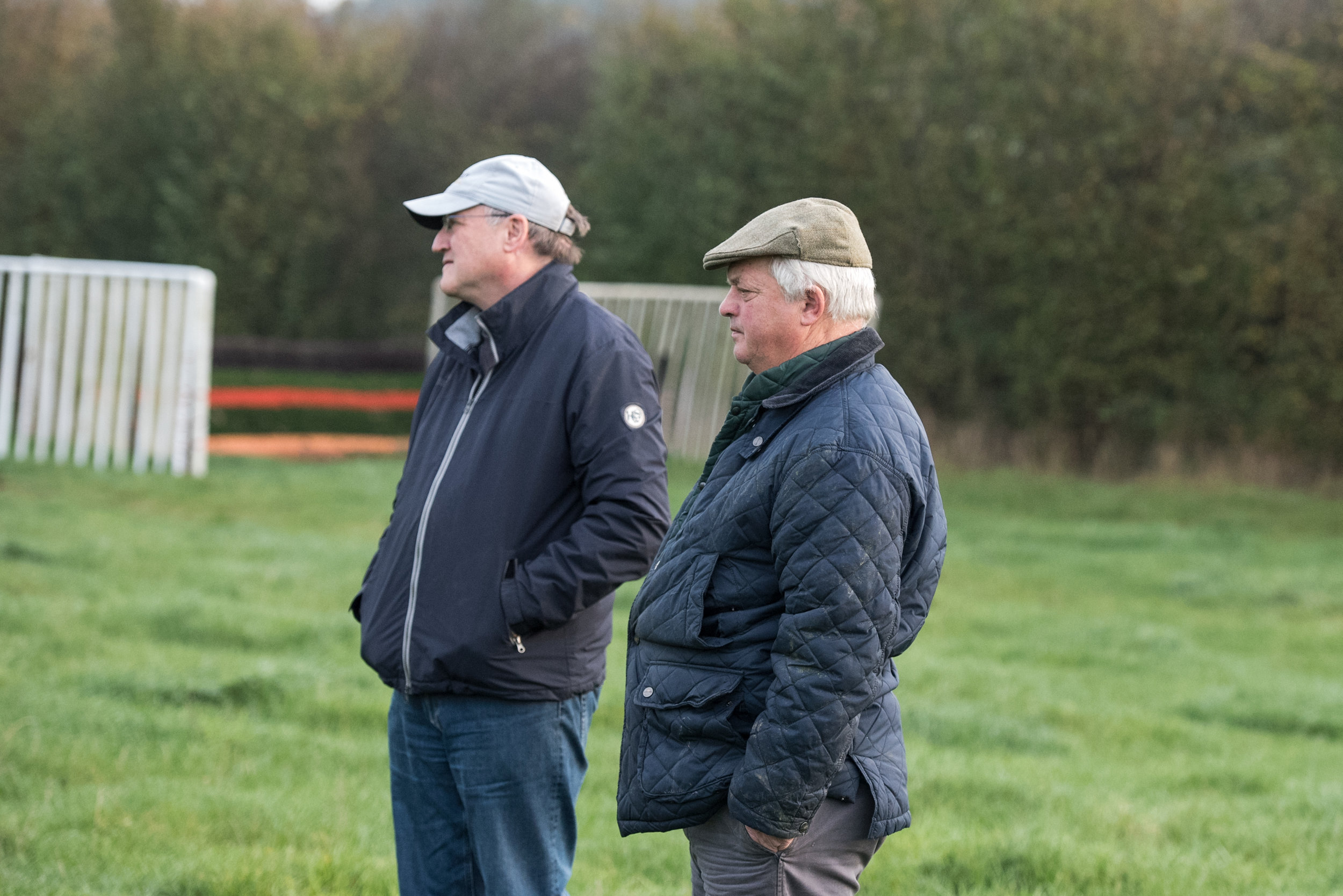
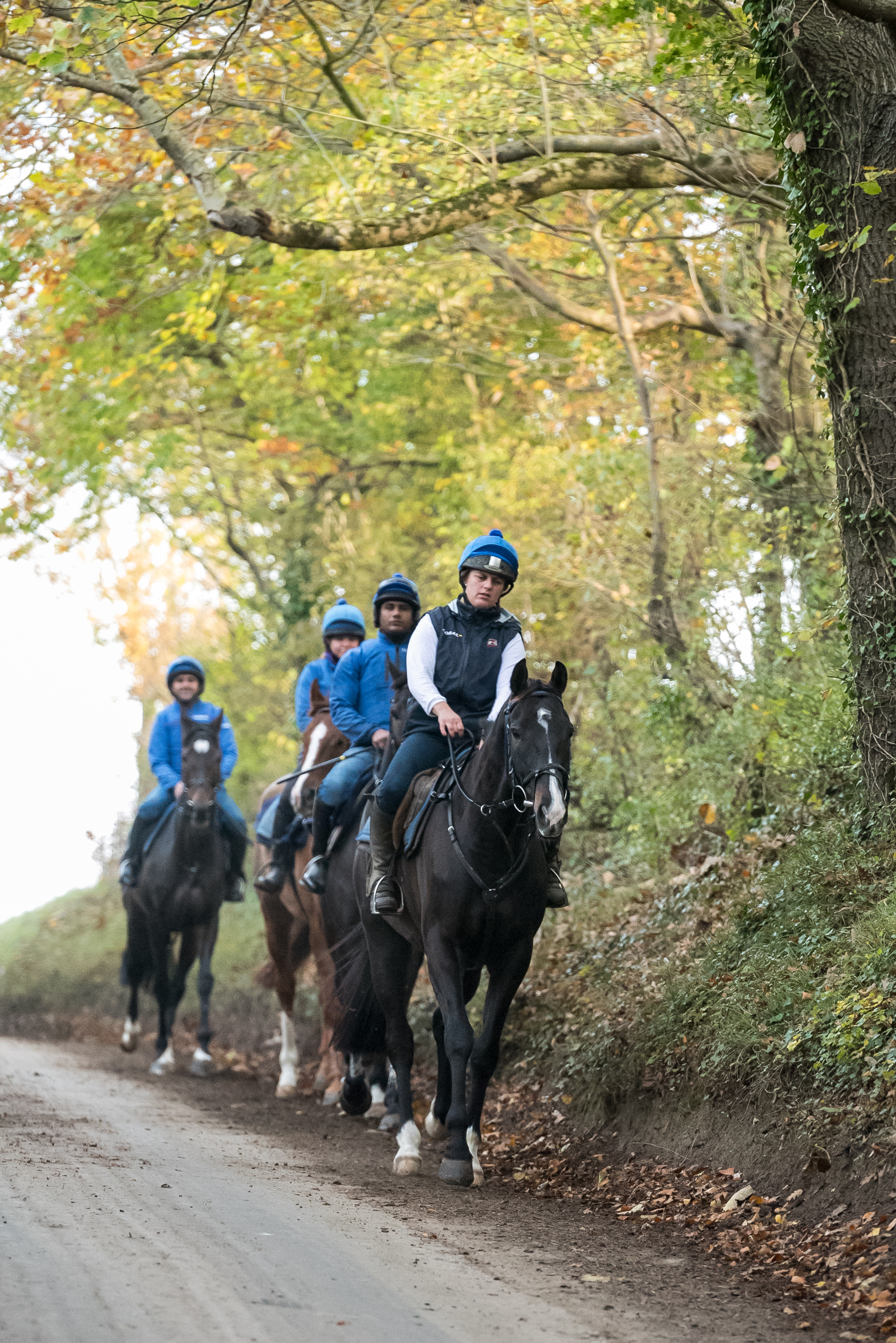
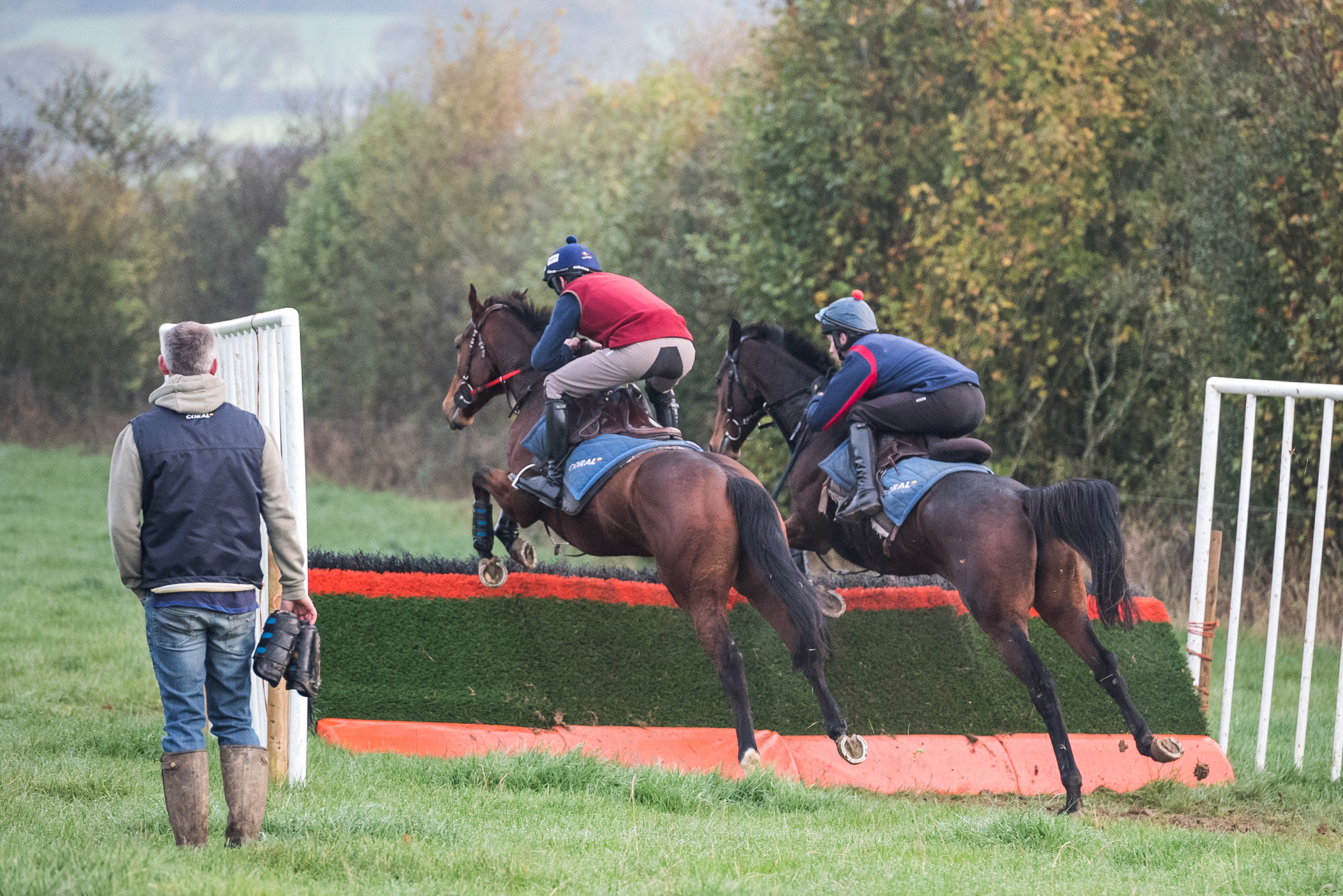



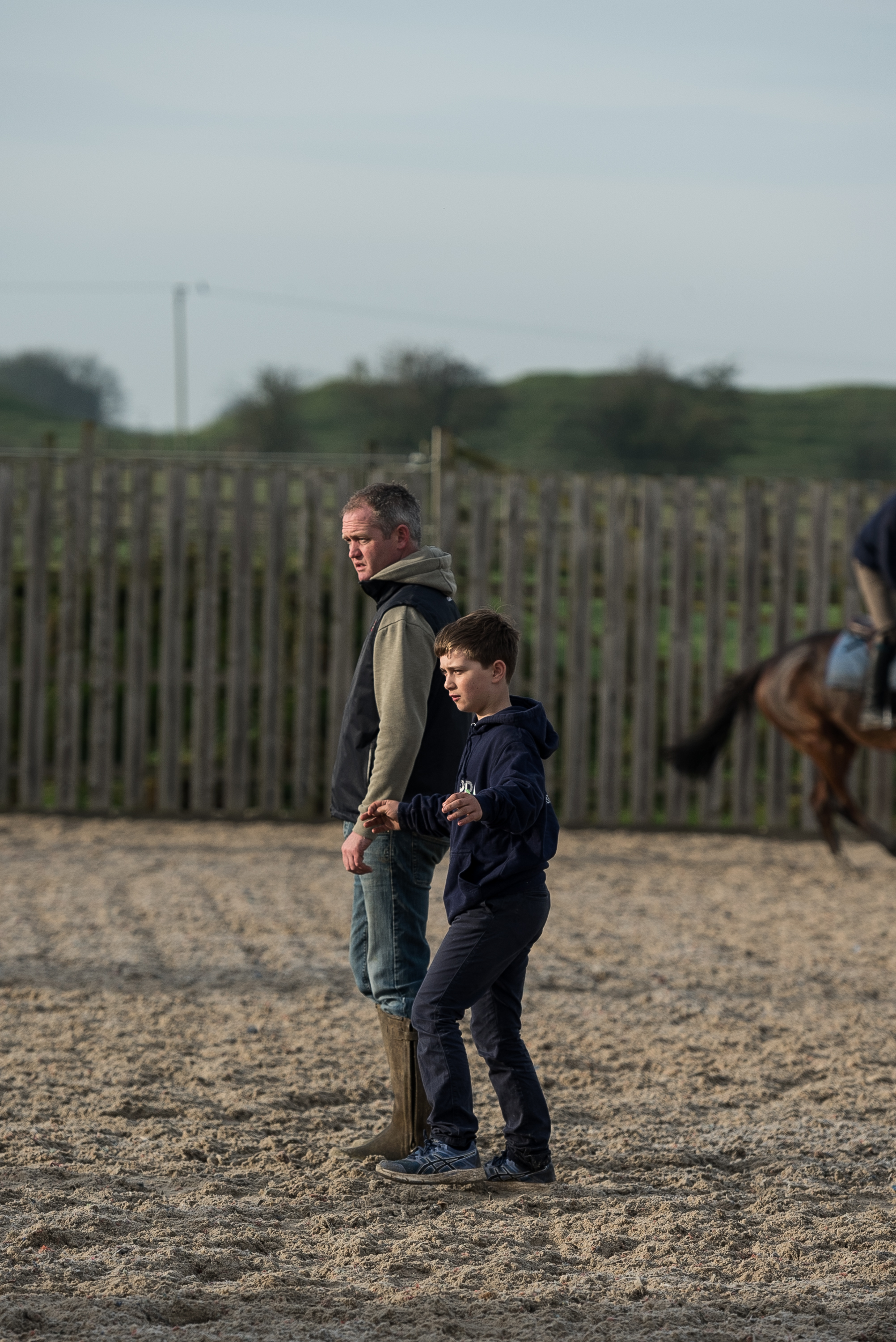
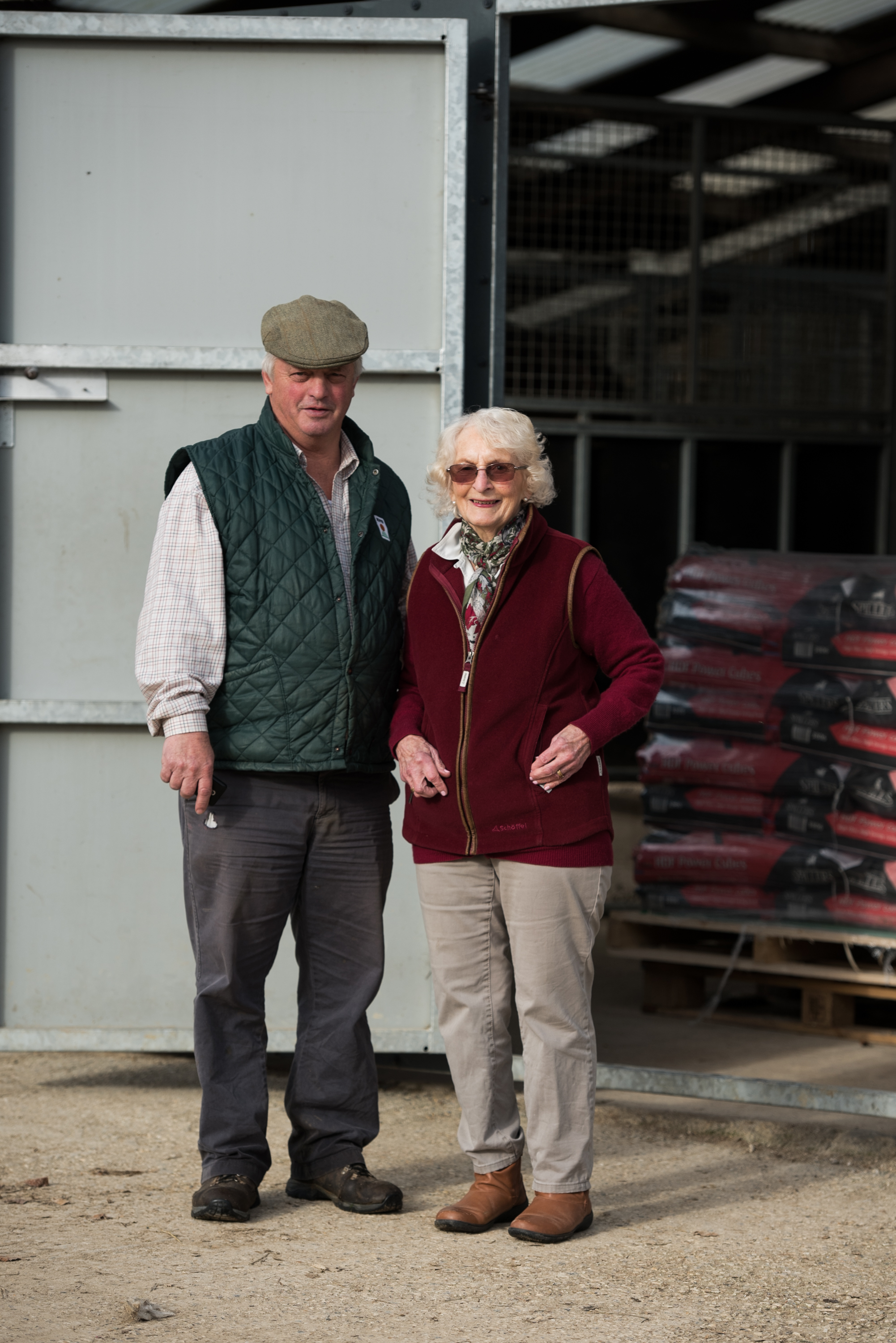
The Positive and Negative Effects of Oil in Equine Nutrition
Published in European Trainer, January - March 2018, issue 60.
Oil is a regular addition to modern racing diets, either by feeding a high oil-containing racing feed or through extra addition of liquid vegetable oil. Research over the years has shown that oil is palatable to horses and digested very well, and that there is little difference in digestibility between the main types of vegetable-based oils used.
Oil that is integral to feed ingredients, such as that found in rice bran, linseed, naked oats, soya, etc., may have a marginally lower digestibility, as this will depend on how digestible the encapsulating matrix is to the horse. However, in the main both free oil and integral oil is well tolerated and digested in horses.
In a natural environment, horses can easily consume between 2-3% of their body weight as dry matter from pasture. Oil has always been a natural part of the horse's diet, as grass contains about 2-3%, which may seem low but can provide the equivalent of 200-400mls of oil per day. Other forages, such as hay, haylage, and chaff, will also contain oil at a similar level on a dry matter basis.
Horses can tolerate up to 20-25% of their total energy intake coming from oil, and this has been exploited successfully....
To read more - subscribe now!
Buy this issue online here
Gallery
Back to School: Dressage as a Training Tool
Published in European Trainer, January - March 2018, issue 60.
To those not familiar with the idea, or indeed not familiar with the intricacies of managing the mind and body of the young thoroughbred, it might seem peculiar to take an animal bred for generations and engineered over centuries to display nothing short of super equine speeds, gargantuan leaps, and feats of middle-distance endurance, and to then turn it to the steadiest, most controlled, poised equestrian discipline. As mad a thing to do as this might seem at the end of such a horse’s career, to delve into it a day or so each week, or perhaps to go for an out-of-season dressage “staycation,” could seem just plain bizarre.
So why are we hearing more and more about the speedy souls that inhabit the world of horseracing sneaking out of the realms of the snaffle bit, flat saddle, jeans, and Cuban heel to indulge jodhpurs, curb chains, extremely high cantles, and Spanish topped-boots?
Well, it might not be as bizarre as it sounds. Three generations ago it was hard to find a trainer who hadn’t enjoyed some formal equitation training, most likely through the armed forces, but that was also an age where there was still some form of reliance upon the horse for anything as fundamental as travel, so there was simply a greater and more widespread understanding of the horse across the board. Many would have also known how to drive as well as ride simply from necessity. Later we will speak to one of the very few young trainers to have actively pursued driving, itself now a sport with an element of dressage.
Fewer and fewer trainers with each passing generation have a formal education in the fundamentals of classical riding, and it is perhaps only natural that in the face of such a decline there will be those that look to find an advantage in redressing this balance. Of course, there are always trainers who come to horseracing from more conventionally classical disciplines, many of them hugely successful regardless of code, country, or surface, and these exceptions prove as interesting as those who seek the help of specialist dressage instructors or riders to enhance the complex set of skills that have led to their success...
To read more - Buy this issue online here
Or Subscribe!
Gallery
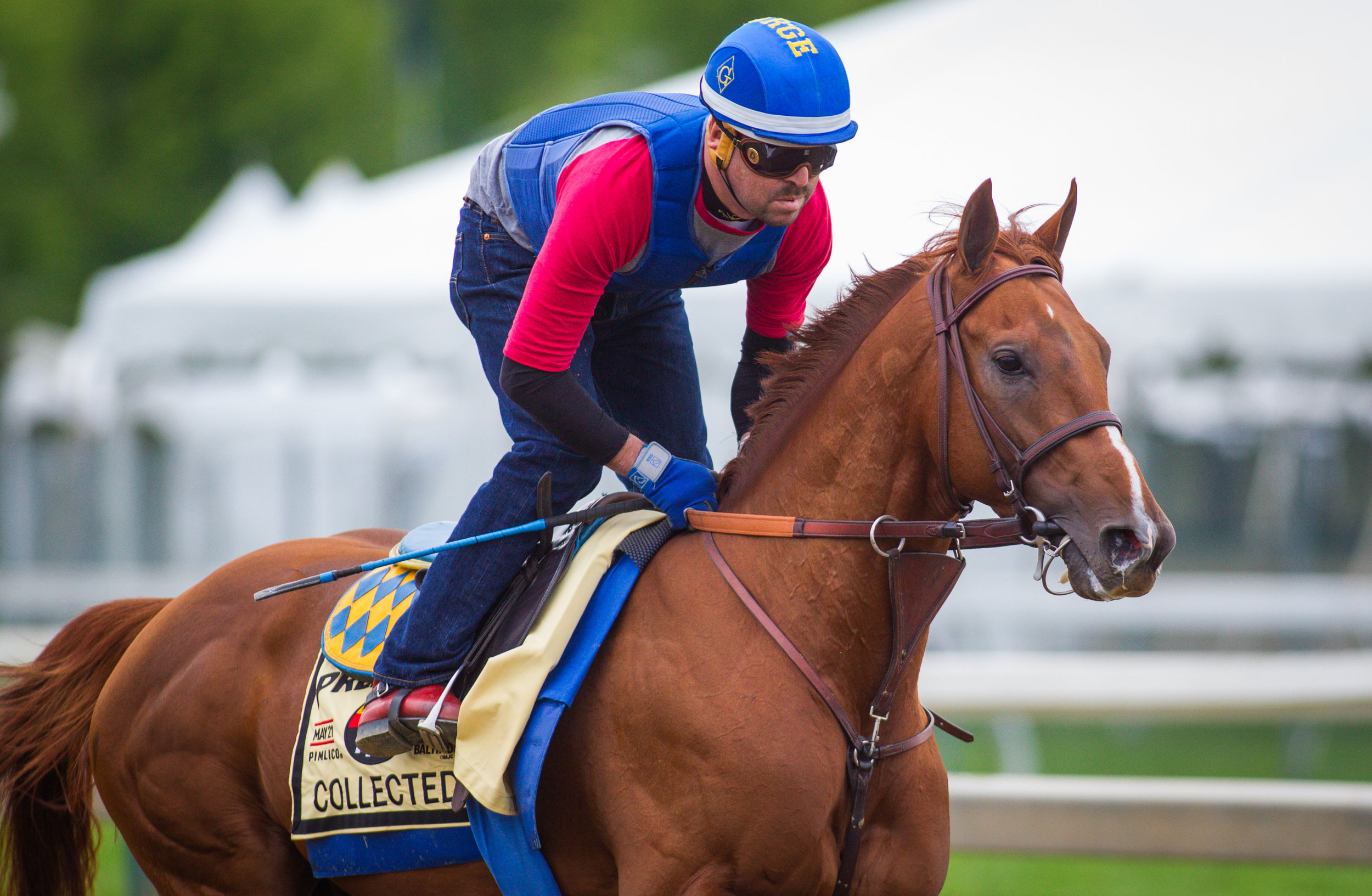
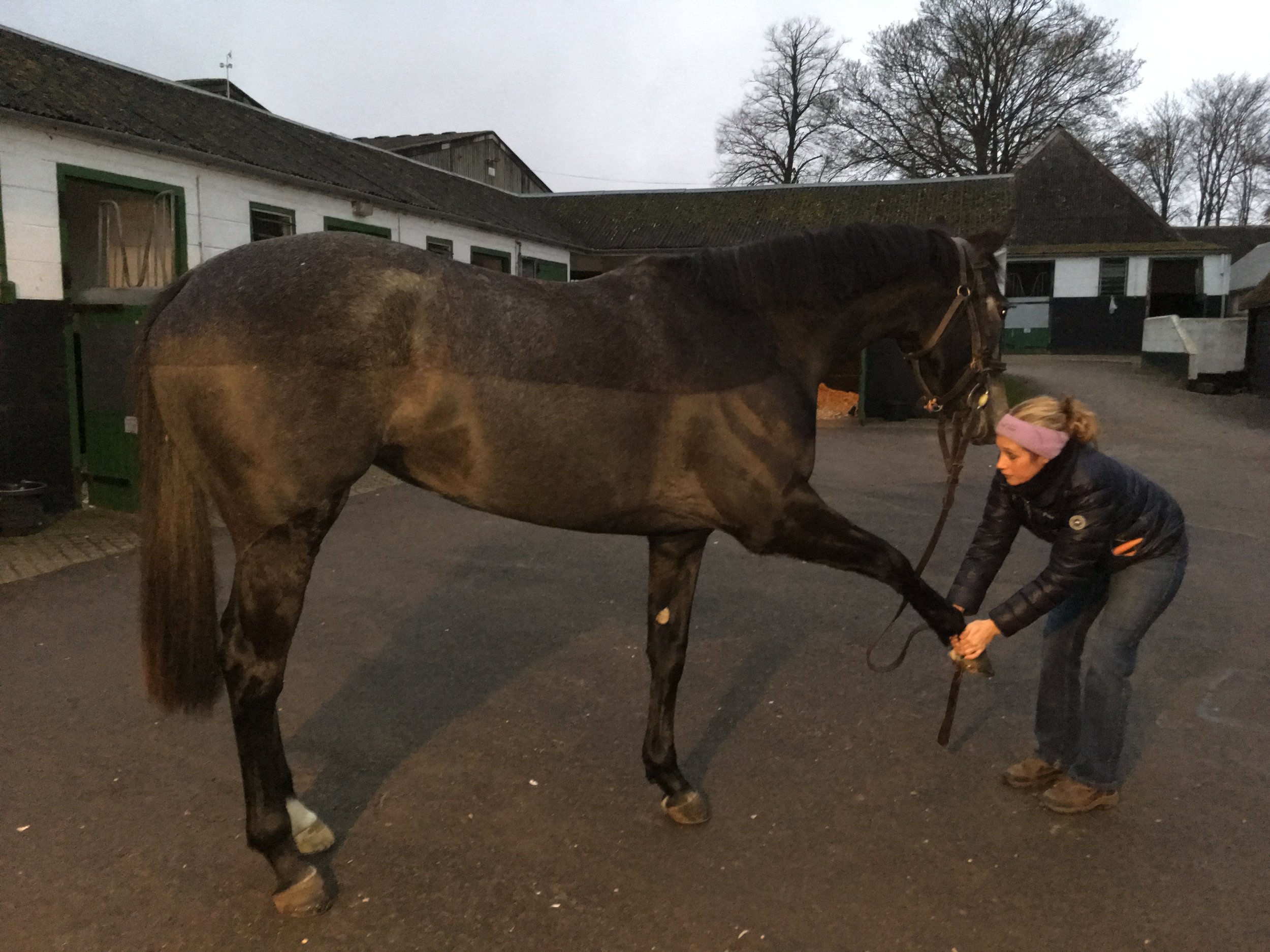
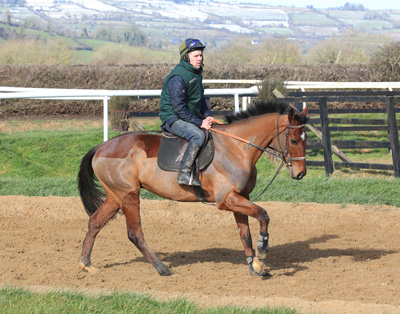
Horseracing in South Korea: A GLOBAL VISION
Published in European Trainer, January - March 2018, issue 60.
On the evening of 19th January 2017, something special happened in Dubai. To the casual spectator it might have seemed like any other horse race, but to viewers in Korea, the 1200m District One Handicap at Meydan was a watershed moment in their nation’s sporting history. Because the winner of this race was Main Stay, a four-year-old colt trained by Kim Young Kwan and the first Korean-trained horse to win at a significant international meeting since thoroughbred horse racing was established in South Korea almost 100 years ago. What is more, the winner carried the (KOR) suffix in the racecard, underlining the fact that the country is now capable of producing internationally competitive thoroughbreds.
Yet as Main Stay crossed the line on that fateful night, even switched-on racing enthusiasts and professionals with a broad international perspective may have asked, “So they race in Korea?”
Indeed, this otherwise significant nation’s racing industry remains relatively unknown across the globe. Recent developments have brought Korean racing into the spotlight however, and notable domestic and international expansion projects put in place by the Korea Racing Authority (KRA) could soon see it established as an influential player on the global racing scene....
To read more - subscribe now!
Buy this issue online here
Gallery coming...
Starting Up: Where in the EU can New Trainers Get the Best Start?
Published in European Trainer, January - March 2018, issue 60.
In the previous issue of European Trainer (Issue 59, October-December 2017), the Trainers’ Daily Rates Survey was summarised, while Europe’s best training centres were also featured. From the former we learned that only 38% of trainers derive their sole income from training, yet this doesn’t deter hopefuls from taking out their first licence. So, where is the best place to set up a new yard to tip the balance in your favour?
Just over half of European trainers keep between 10-50 horses; fewer than 10% have more, and it is generally not considered to be economically viable to train fewer than 30 horses. The average daily rate per horse charged by a trainer is €43, which would provide a weekly revenue of €9,030 for a 30-horse yard.
Comparing daily rate to staff wages, there is little benefit to be found in starting up in one country versus another. The EU minimum wage maintains a constant across the board although the stable staff associations of some countries, such as Ireland, do ensure that a higher rate is paid. Therefore, anywhere from 50-90% of the daily rate charged will go to staff. A shortage of good riders and experienced staff is currently being endured throughout Europe, so, again, a new trainer is free to choose any location...
To read more - subscribe now!
Gallery
The On-going Effort to Minimise the Rate and Impact of Fractures
Published in European Trainer, January - March 2018, issue 60.
In thoroughbred racing, musculoskeletal injury is a major safety concern and is the leading reason for days lost to training. Musculoskeletal injury is the greatest reason for horse turnover in racing stables, with financial implications for the owner and the racing industry. Injuries, particularly on race day, have an impact on public perception of racing.
Upper limb and pelvis fractures are less common than lower limb fractures, but they can lead to fatalities. Reducing the overall prevalence of fractures is critical and, at the very least, improving the rate of detection of fractures in their early stages so the horse can be withdrawn from racing with a recoverable injury will be a big step forwards in racehorse welfare. Currently, we lack information on the outcomes following fracture, and an article recently published in the Equine Veterinary Journal (EVJ) from the veterinary team at the Hong Kong Jockey Club (HKJC) addressed this important knowledge gap.
Hong Kong Fracture Outcome Study
The HKJC veterinary team is in a unique position to carry out this work because their centralised and computerised database of clinical records, together with racing and retirement records, allows them to document follow-up, which is all but impossible elsewhere in the world. Dr Leah McGlinchey, working with vets in Hong Kong and researchers from the Royal Veterinary College, London, reviewed clinical records from 2003 to 2014 to identify racehorses that suffered a fracture or fractures to the bones of the upper limb or the pelvis during training or racing, confirmed by nuclear scintigraphy, radiography, ultrasonography, or autopsy....
To read more - subscribe now!
Gallery
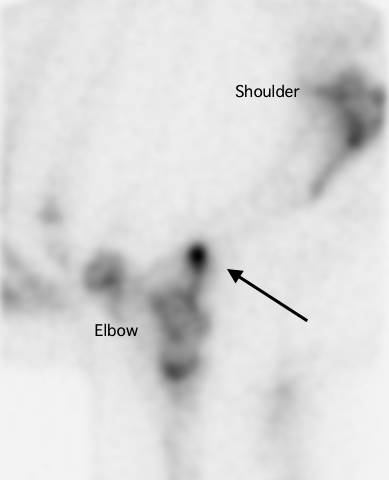
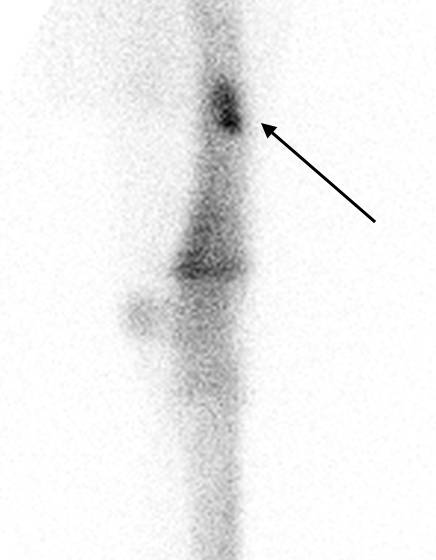
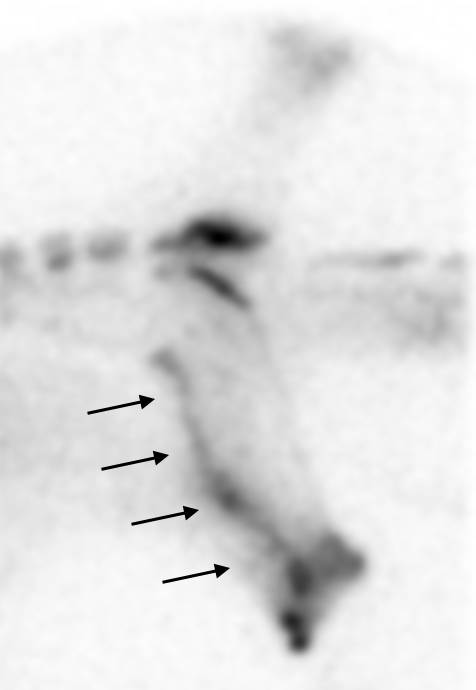
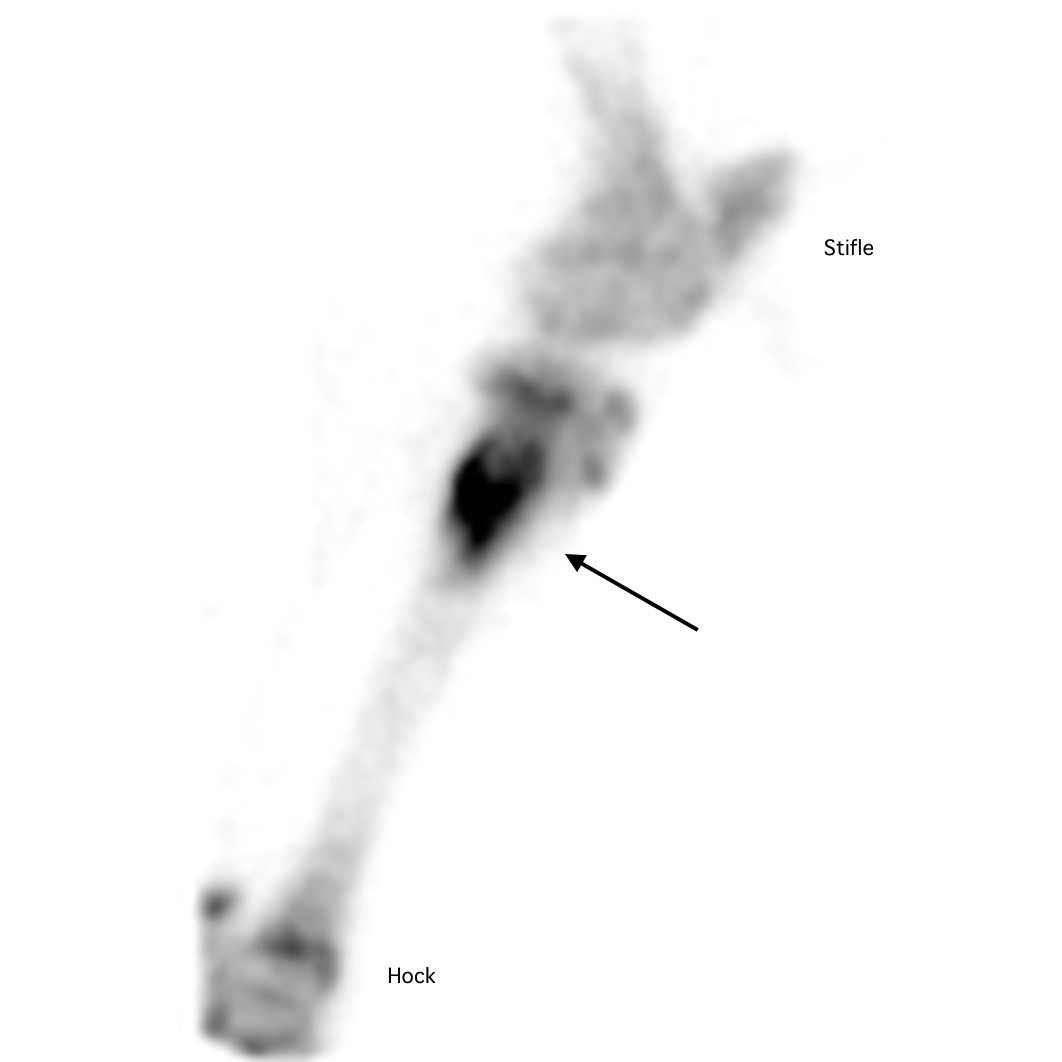
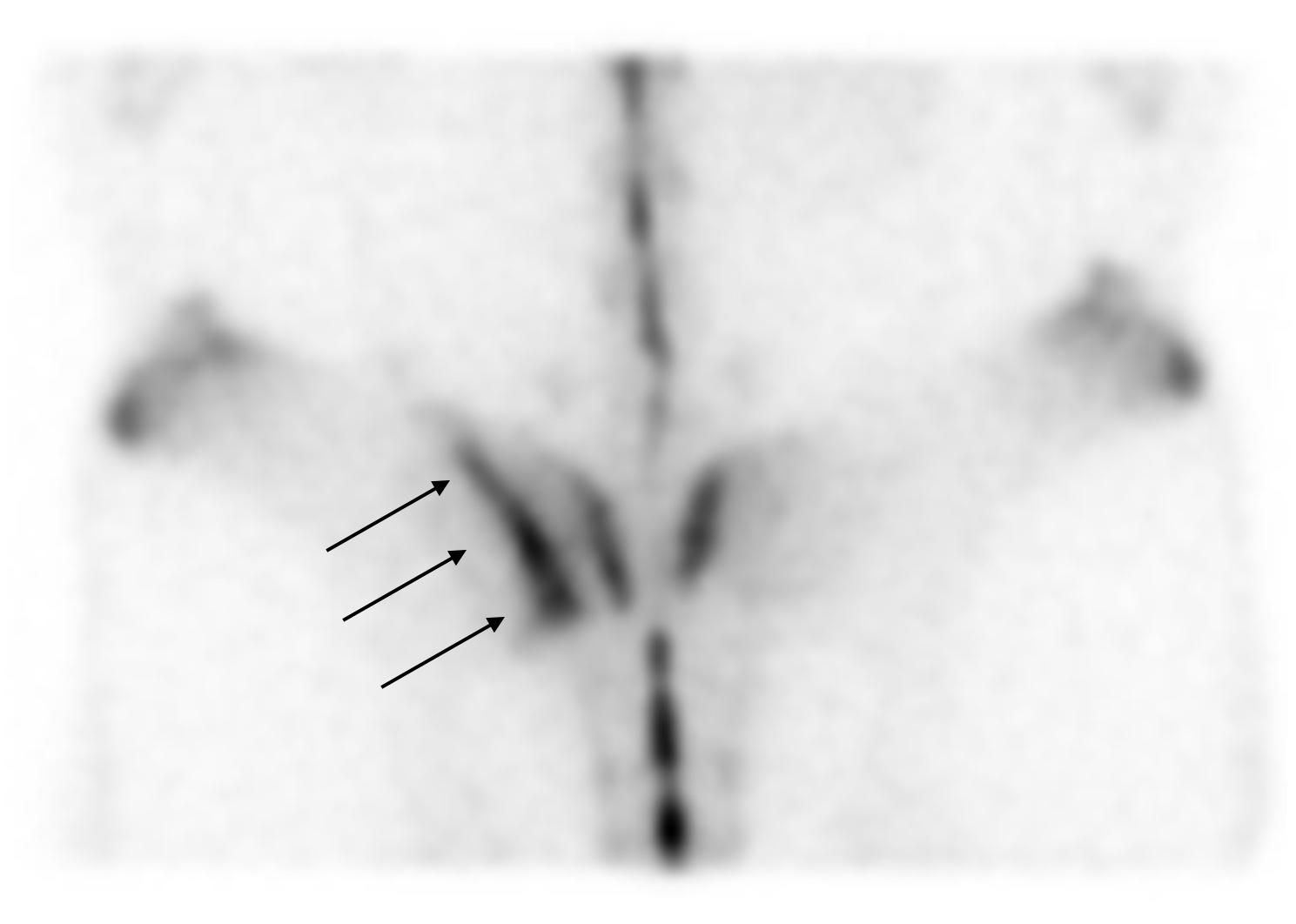
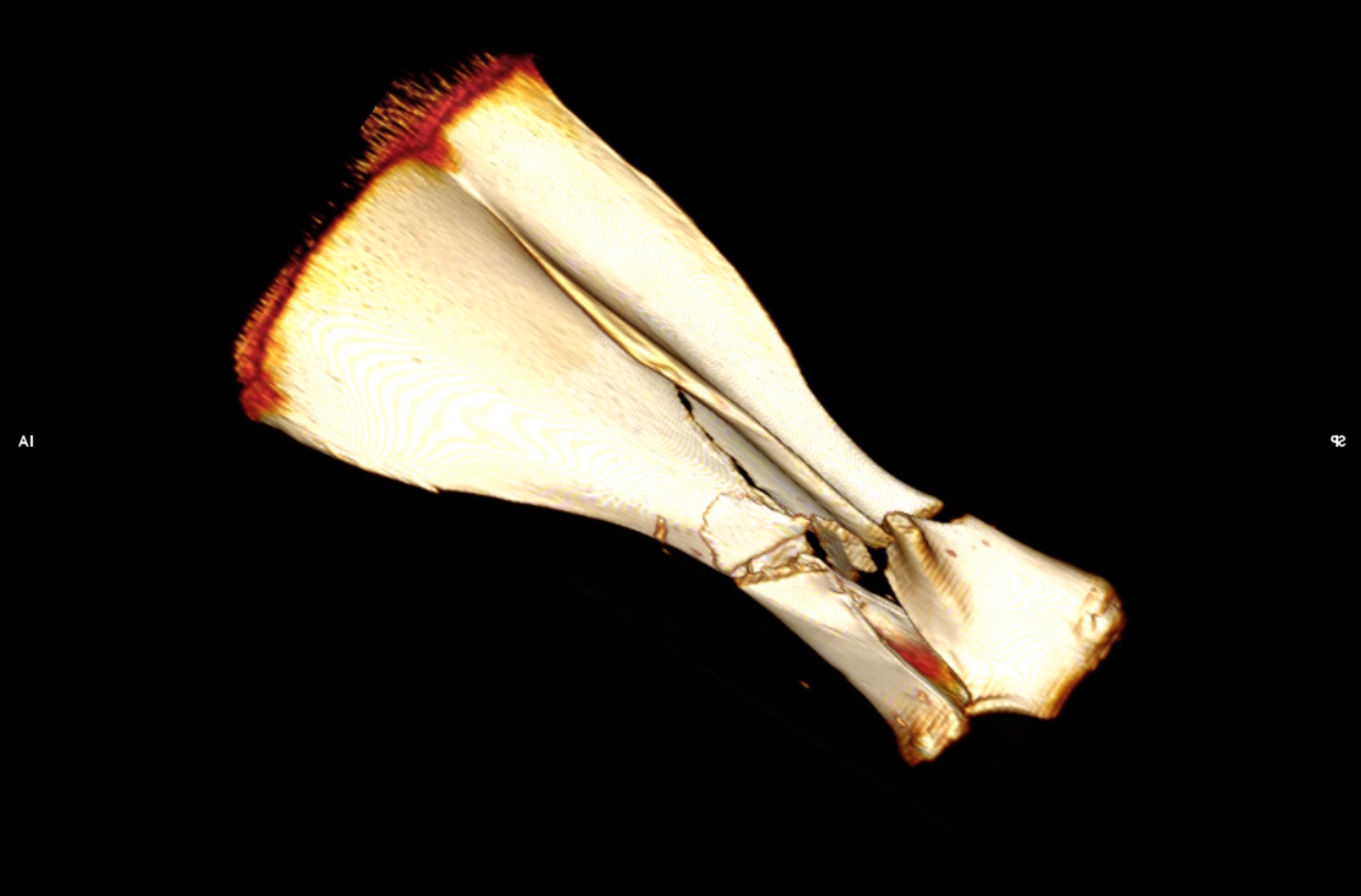
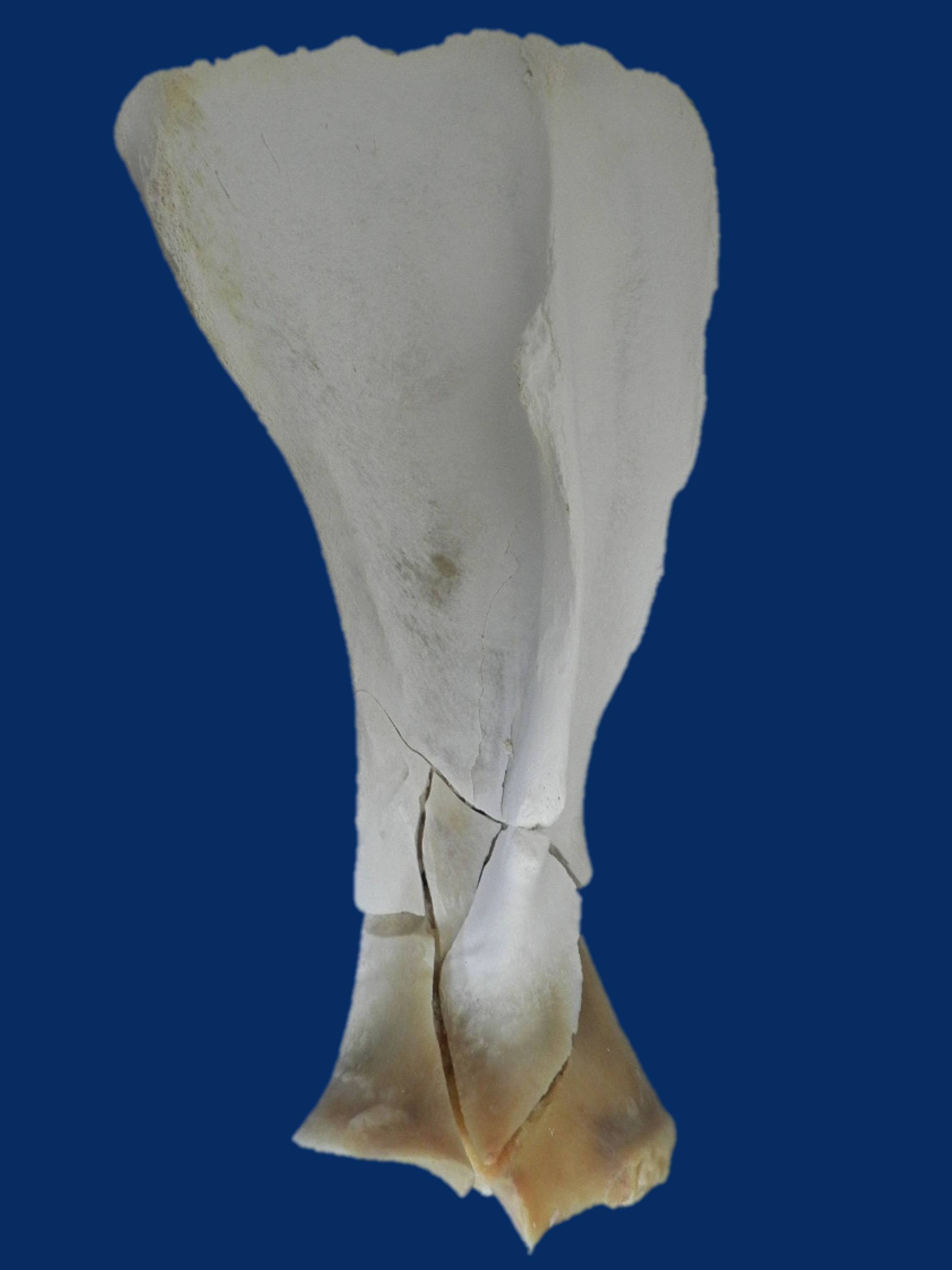


Getting to Grips with Strangles: Working Together to Break the Strangles-hold
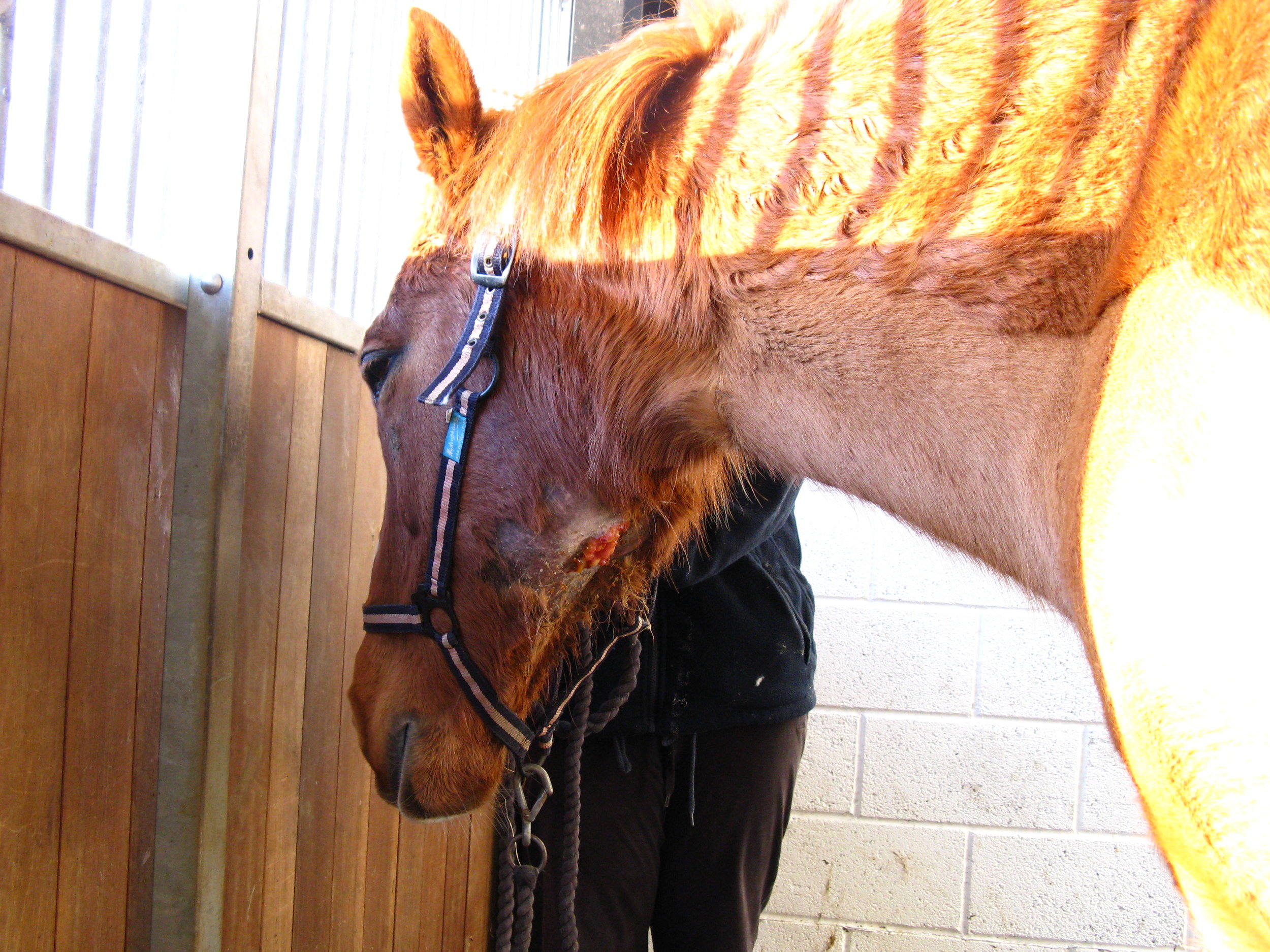
Published in European Trainer, January - March 2018, issue 60.
Strangles, caused by a bacteria called Streptococcus equi, is one of the most frequently identified infectious diseases of horses worldwide. More than 600 outbreaks of Strangles are diagnosed in the UK each year. Infected horses typically develop fever followed by abscesses in the lymph nodes of their head and neck.
These abscesses are painful and the affected horses will often lose their appetites and become depressed. Some horses can be badly affected during an outbreak and the disease kills around one in a hundred animals. The bacteria can spread quickly through yards via contaminated drinking water, food, tack, equipment and people. Some outbreaks can involve all of the horses on a yard and all outbreaks require movement restrictions that usually remain in force for over two months. Consequently, Strangles is responsible for considerable economic and welfare cost. This article will provide an update on the progress being made towards eradicating Strangles and highlight what we can each do to keep our horses safe.
An age-old problem:
Strangles was first described in 1251 by Jordanus Rufus, a knight of Emperor Fredrick II. The disease was seen as inevitable and better for horses to fall ill sooner rather than later to get the disease over and done with. In 1811 Napoléon, Emperor of France, wrote a letter to request that the 543 horses being sent to his army should be “at least 60 months of age and should already have recovered from Strangles” so that they would be less likely to fall ill from this disease on the battlefront. More than 200 years later, many people still believe that it is inevitable that their horse will suffer from Strangles sooner or later. However, we understand so much more about the disease today and really can significantly reduce the risk of horses falling ill...
To read more - subscribe now!
Gallery
Staff Focus – You are Only as Good as Your Team
Published in European Trainer, January - March 2018, issue 60.
A major challenge facing trainers throughout Europe is the attraction and retention of skilled riders and grooms. Trainers are competing with many other industries, and fewer people favour the type of work offered in a racing yard, which means that trainers need to be more innovative and proactive when it comes to staff management, retention, and recruitment.
Entries for the Lycetts Team Champion Award in Britain closed on 1st December, but for those who didn’t enter, and for trainers in the rest of Europe, it is not too late to examine the aim behind the inaugural award and use the judging criteria to establish a team of excellence in your own yard.
The idea behind the Lycetts Team Champion Award is to reward the stables with good employment practices in place creating the best team ethos, and it is an initiative that will hopefully combat the long-term stable staff crisis affecting many yards. The award is judged on the methods trainers use to attract and retain staff, plus the safe working practices employed. The winning team receives an item of infrastructure or equipment that will improve working life within the yard.
It is hoped that the stories emerging from the award will publicly celebrate the benefits of teamwork and demonstrate that racehorse trainers provide rewarding and well-supported jobs, and this is an ethos that can be easily extended beyond the award itself...
To read more - subscribe now!
Licensing and Integrity - The Subject of the Latest EMHF Seminar
Published in European Trainer, January - March 2018, issue 60.
The word ‘integrity’ must be one of the most commonly used in the output of racing authorities and, in our world, it carries a very particular meaning. Sure, it encompasses the normal definition of ‘adherence to moral and ethical principles’ but, with us, what we’re mostly talking about is the ‘straightness’ of how our sport is run and of those involved.
The latest in the EMHF’s seminar programme, hosted and delivered by the British Horseracing Authority (BHA) and Newbury Racecourse, took integrity as its subject and majored on the processes and criteria by which trainers, jockeys, and others are licensed in Britain, and the structures in place to combat race-fixing and unfair betting practices on horseraces.
The BHA was an appropriate host, since delegates could benefit from the conclusions reached following a major integrity review that British racing’s governing body had undertaken, aimed at improving “confidence amongst participants and the racing and betting public.” The review confirmed that measures to combat race-fixing and doping remained of paramount importance.
Within the BHA’s remit, integrity is certainly given high priority. The very first item under ‘Things we do’ in its latest annual report reads: “Keeping racing fair and clean: We aim to maintain the integrity of British racing by supporting participants to comply with the rules and dealing appropriately and effectively with rule breaches.”
The sheer scale and cost of the infrastructure that is committed to this aim, in a major racing nation such as Britain, may surprise readers. The staff complement of the BHA’s Integrity and Regulatory Departments numbers over 100. Within this total, the 40 or so who make up the field force teams of clerks of the scales, starters, judges, and inspectors of courses are outnumbered by those covering areas such as intelligence (collection, assessment, development), racing & betting analysis, investigations, licensing and registration, stable inspections, anti-doping and equine welfare integrity....
To read more - subscribe now!
Part I: The Thoroughbred Trainer in the Digital Age
Published in European Trainer, January - March 2018, issue 60.
This is the first article in a two-part series on social media for thoroughbred trainers. It examines social media usage and issues faced by trainers who wish to promote their business online. Part II will focus on broader industry issues and how trainers may use social media to affect positive change and ensure the future of the sport.
In less than 15 years, social media has changed the way we meet, work, shop, communicate, consume news and entertainment, find romance, and more. Few aspects of our lives have been left untouched by this remarkable phenomenon. Social media has made a limited group of people incredibly wealthy, empowered others to create new businesses or expand existing ones, and made various individuals famous or infamous.
Simply defined, social media consists of online networks that allow users to connect, create, communicate, and share in virtual communities. And we cannot seem to get enough.
• 73% of Europeans use some type of social media.
• 41.7% of Europeans use Facebook, the most popular social media platform.
• Many Europeans, including three-quarters of Facebook users, log onto social media sites as part of their daily routine.
• Most European social media users utilize more than one social media platform.
• The growth of social media is likely to remain steady for years to come.
As a trainer, you may be one of the hundreds of millions of Europeans who is familiar with the ins and outs of social media. You may be an occasional, routine, or even heavy user.
Alternatively, you may be a hold-out who is too busy or privacy-oriented. Regardless of your personal opinion of social media, it is worthwhile to step back and examine how social media may assist in expanding your training business, or, alternatively, present potential risks including both civil liability and criminal violations.
As a trainer, unless you have a full roster of owners, it is wise to have a social media presence to promote your business. Consider the many positives:
Getting Found.....
To read more - subscribe now!
Trainer of the Quarter - Jessica Harrington
Published in European Trainer, January - March 2018, issue 60.
Trainer Jessica Harrington has maintained an excellent run of form under both codes through 2017, including in the most recent quarter, which included a Listed success on the Flat at Great Yarmouth; winning seasonal debuts for two of the stable’s leading lights, Sizing John and Jezki; and a close second at Ascot’s Champions meeting for Torcedor.
On the back of winning three Gold Cups at the end of last season, the winning return of Sizing John in the Grade 1 John Durkan Memorial Punchestown Chase pleased Harrington enormously. She said, “I was delighted with Sizing John. You never know what mark those three races might have left and he’s in great form.”
So how does Harrington rate 2017 overall, given the spread and level of success through the year?
To read more - subscribe now!
NEW: 'Hindsight' - Clive Brittain
Published in European Trainer - October - December 2017, issue 59
Click here to order this back issue!
In a training career spanning more than 40 years, Clive Brittain and his Carlburg Stables in Newmarket became synonymous with high-profile success in Britain and on the international racing scene.
Clive’s lengthy resume of top-flight wins includes six British Classics and overseas triumphs in the Breeders’ Cup Turf and Japan Cup, achieved by horses such as the legendary Pebbles, User Friendly, Jupiter Island and Warrsan.
Two years on from his retirement, Clive reflects on the pivotal moments and people in his amazing career.
During your time with Sir Noel Murless, you were part of the move from Beckhampton Stables to Newmarket, which has been your home for more than 60 years. What are your memories of working for Sir Noel Murless and what changes have you seen in Newmarket in this time?
“Sir Noel was a very good boss, a very fair man, and never changed. I started out as an apprentice jockey, but I made a very good stable man and went with Sir Noel and the team to Warren Place. At the time, the stable held around 70 horses, which was a lot in those days, as most of established trainers would have around 50 horses with Geoffrey Brooke possibly having around 60, most of which were two-year-olds.
“Sir Noel later became the first trainer to have more than 100 horses, but numbers today for the larger trainers are typically well over 150 horses per trainer. We later had 160 horses between two yards, Carlburg and one at Stetchworth, on Bill Gredley’s estate, of around 30 boxes.”
You achieved notable success with long-priced runners in the big races (such as Terimon's second in the 1989 Derby at 500/1). What do you think of the BHA's recent decision to put a minimum qualifying rating of 80 on contenders for the Group 1 races for three-year-olds and upwards?
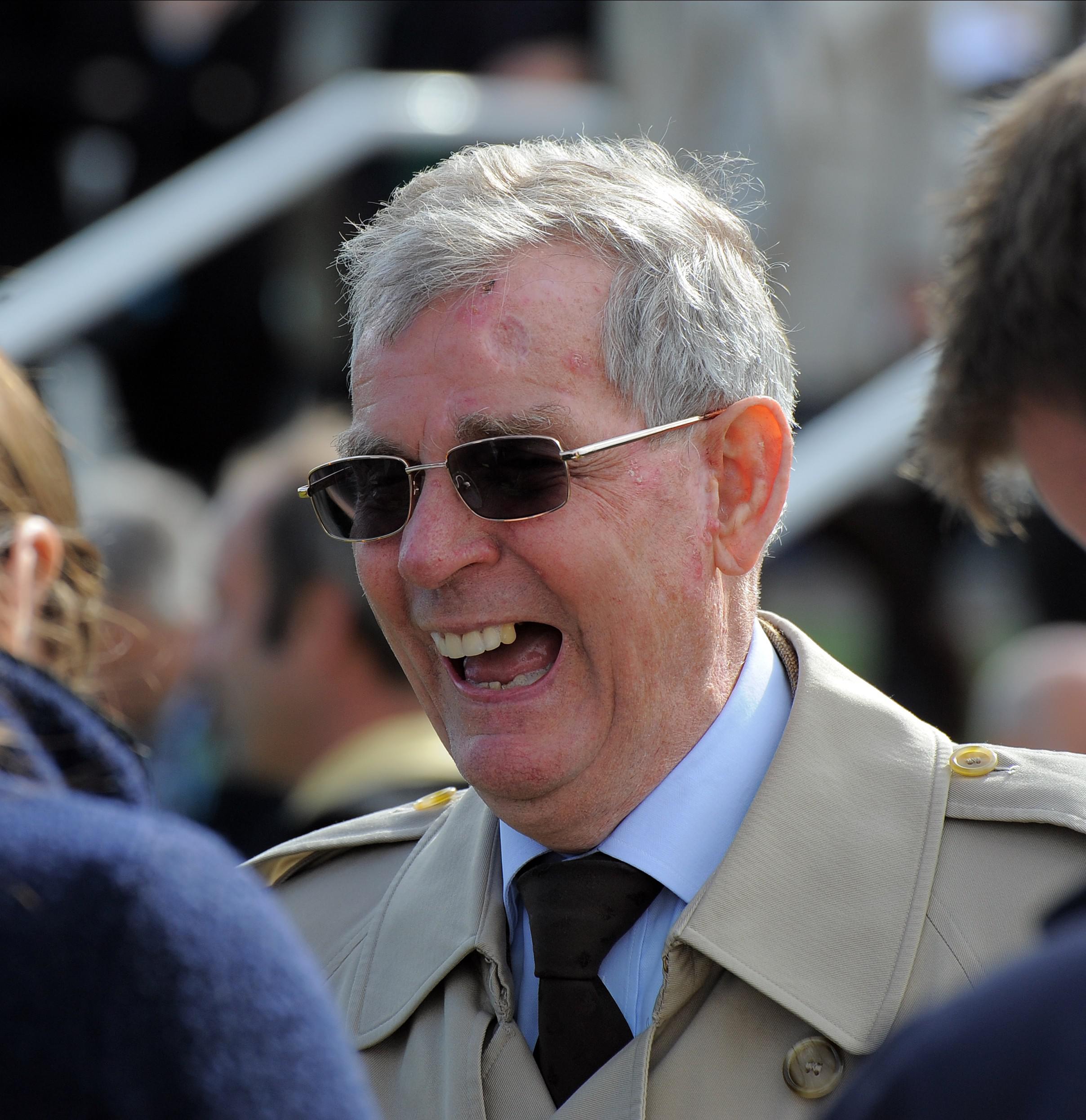



To read more of this interview - subscribe now!
EMHF - Our concern for horse welfare takes a myriad of forms
Paull Khan - News from the EMHF
Published in European Trainer - October - December 2017, issue 59
Click here to order this back issue!
In the wake of the now infamous incident in which jockey Davy Russell was seen to strike his horse on the head prior to the start of a race, the marked difference between the media reaction in Ireland (more forgiving) and that in Britain (more damning) was commented upon.
Just one example of the wide variation, as between European countries, in public opinion on horse welfare, and animal welfare more widely. In some regions, the ‘volume level’ of discussion of such matters is turned up high; not so in others.
In a sport with no global Rules Book, it would be strange if these cultural differences were not reflected to some extent in the practices and regulations of individual Racing Authorities. And sure enough, they are. Indeed, what a country’s Rules of Racing says about its culture would make for a fascinating study. One could make a crude start by marking up, on a map of Europe, the number of whip strikes allowed in a race by the various countries. Very broadly, it would resemble a climatic map of the continent, with higher numbers accepted in the hotter south, reducing as one travels north until reaching the point of zero tolerance in Norway.
Skim through the Rules Book in any of our countries and you will find a plethora which promote the welfare of our racehorses. In many cases, that aim is indeed their sole purpose. These Rules and procedures fall into many categories – from the horse-care component of the course which a trainer must pass in order to be granted a licence, to the requirement for a minimum number of vet’s to be present before a race meeting can take place, to enforced stand-down periods following the administration of certain veterinary interventions, to the mandatory abandonment of jump racing when the ground is designated ‘Hard’ – the list goes on and on.
To read more of this article - subscribe now!
A report from the Merial - Performance Horse CPD and Raceday at Gowran Park
Becky James BSc, MSc - Haygain
Published in European Trainer - October - December 2017, issue 59
Click here to order this back issue!
Vets from all over Ireland congregated at Gowran Park racecourse in July for a continuing professional development event on the Performance Horse. The event, organised by European Trainer Magazine and Merial Animal Health, was the second in a series of veterinary CPD events for 2017 and featured a panel of expert speakers. The event was co-sponsored by Haygain and Connolly’s RED MILLS.
Managing Inflammatory Airway Disease – Dr Emmanuelle Van Erck-Westergren
The first speaker Dr Van Erck-Westergren was due to fly in from Brussels on the morning of the event, so when her flight was cancelled at the last minute there was a moment of concern for the organisers but they arranged to bring her into the room via a video link so all was not lost!
Using her experience in practice at the Equine Sports Medicine Practice in Belgium, Dr Van Erck explained the importance of vets helping clients to manage the environment of the horses to prevent and manage Inflammatory Airway Disease (IAD). She described managing the horse’s environment to reduce exposure to noxious inhalable particles and improve hygiene and ventilation in the stable as the cornerstone to the success of treating IAD.
Important considerations for the environment include building design, bedding, stable activities and most critically, the forage, as this is in the horse’s breathing zone. Dr Van Erck explained that hay remains an important source of forage for horses but it is also a major source of dust and contaminants. Soaking hay is a cheap way of reducing airborne dust but it promotes bacterial proliferation and leaches out the nutritional value so well-made haylage or preferably steamed hay should only be fed to horses with IAD.














